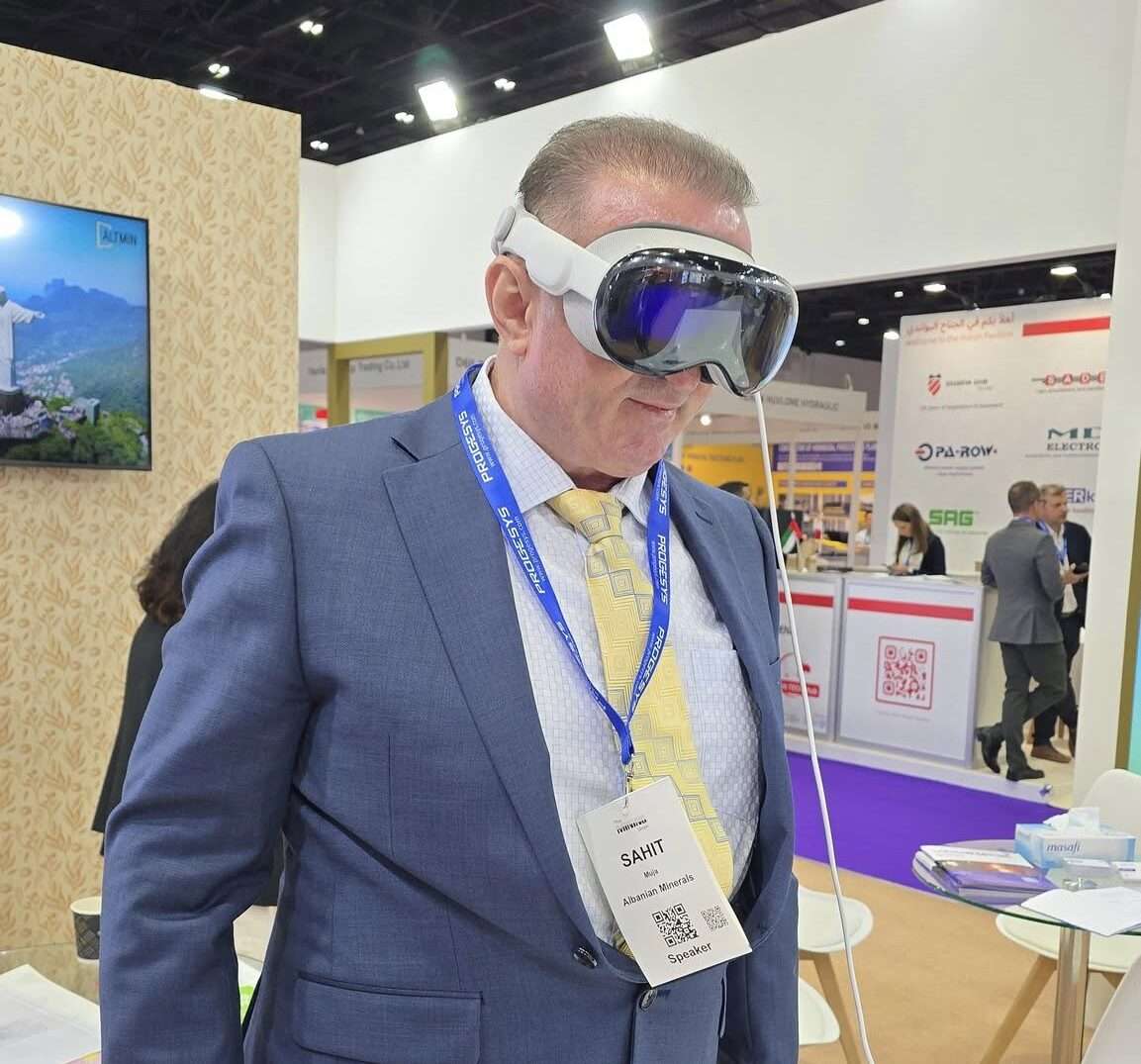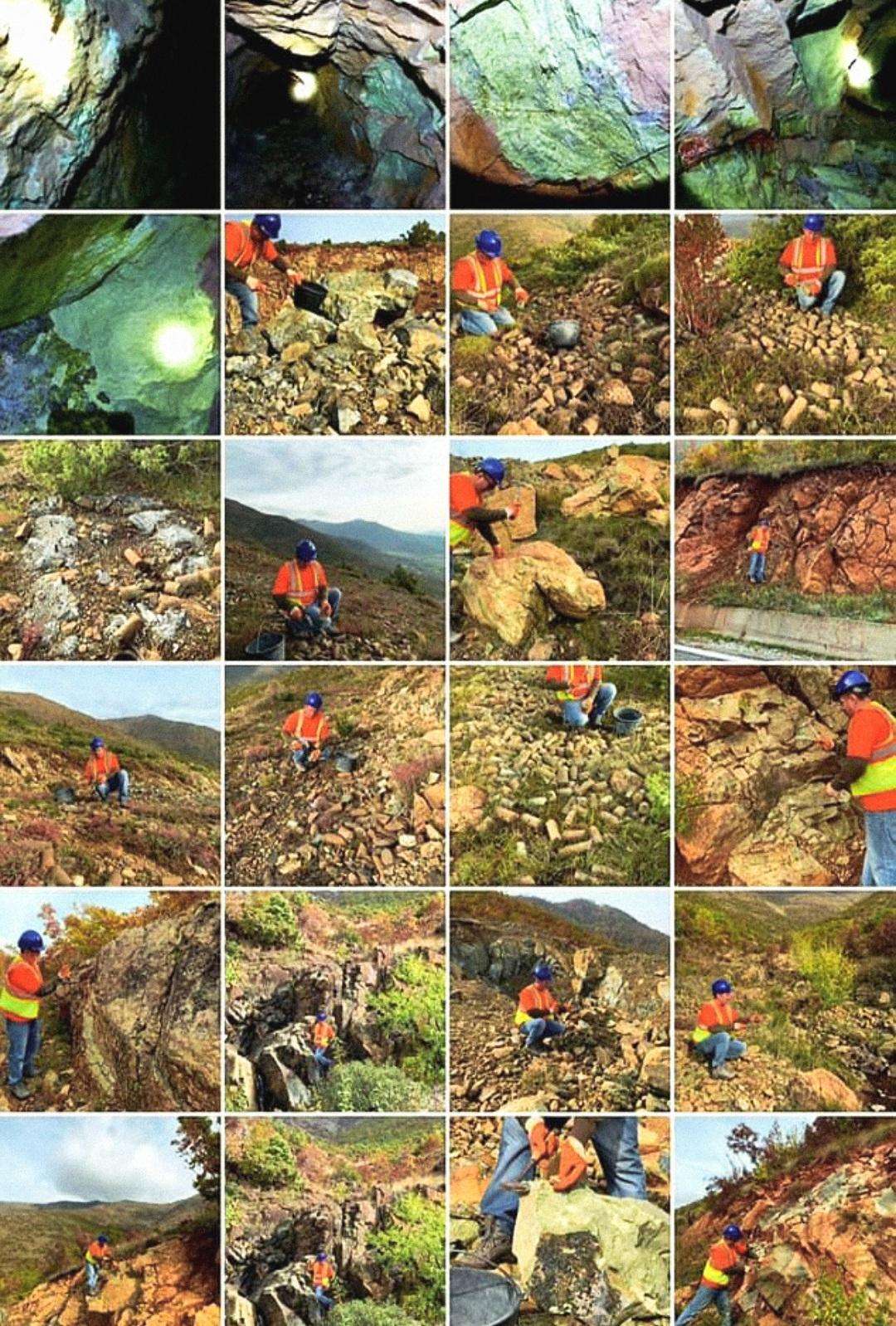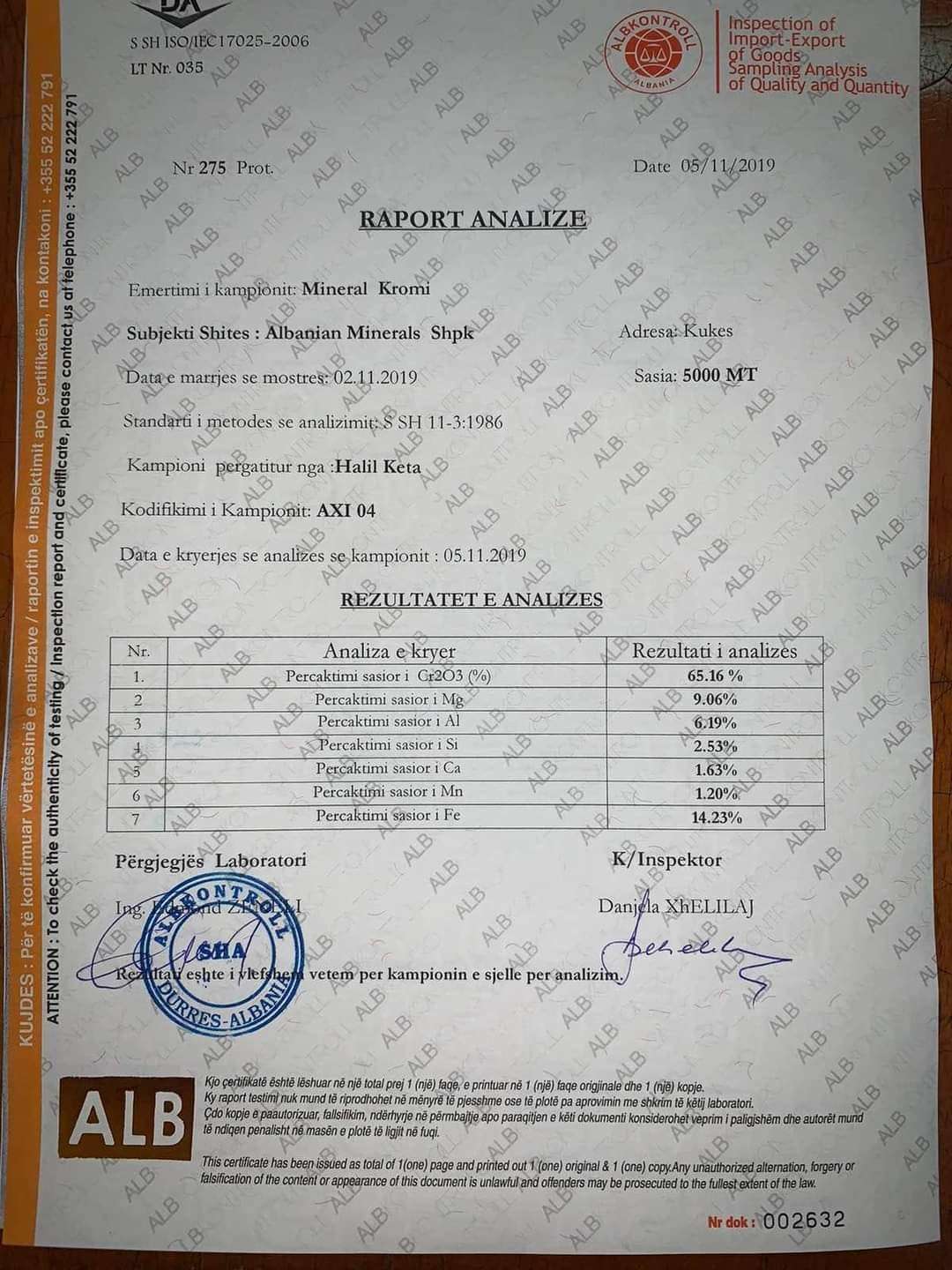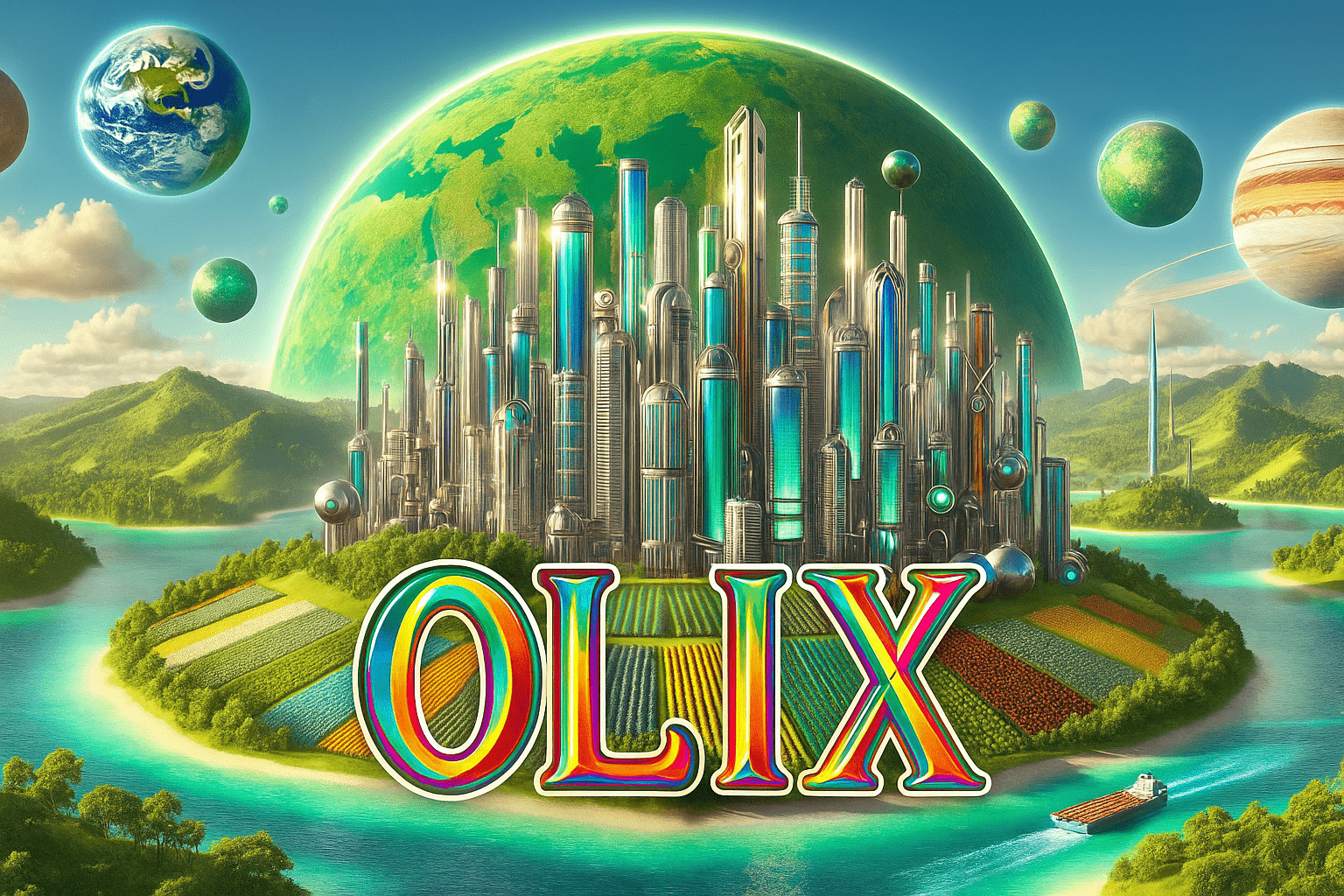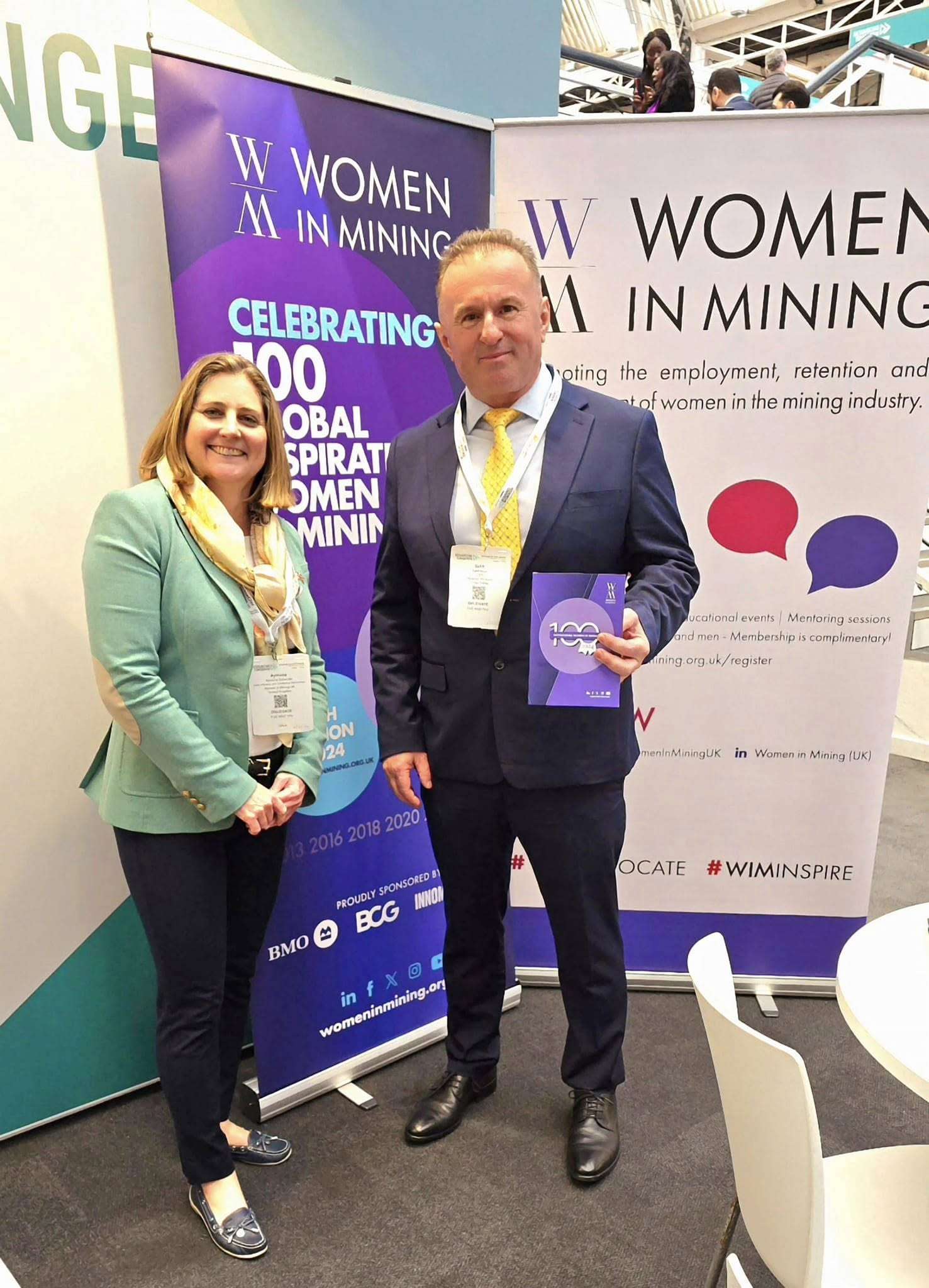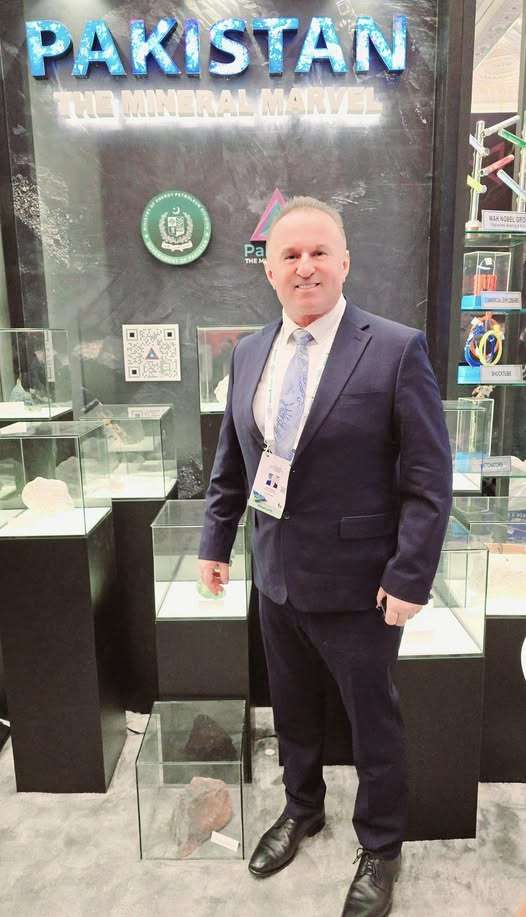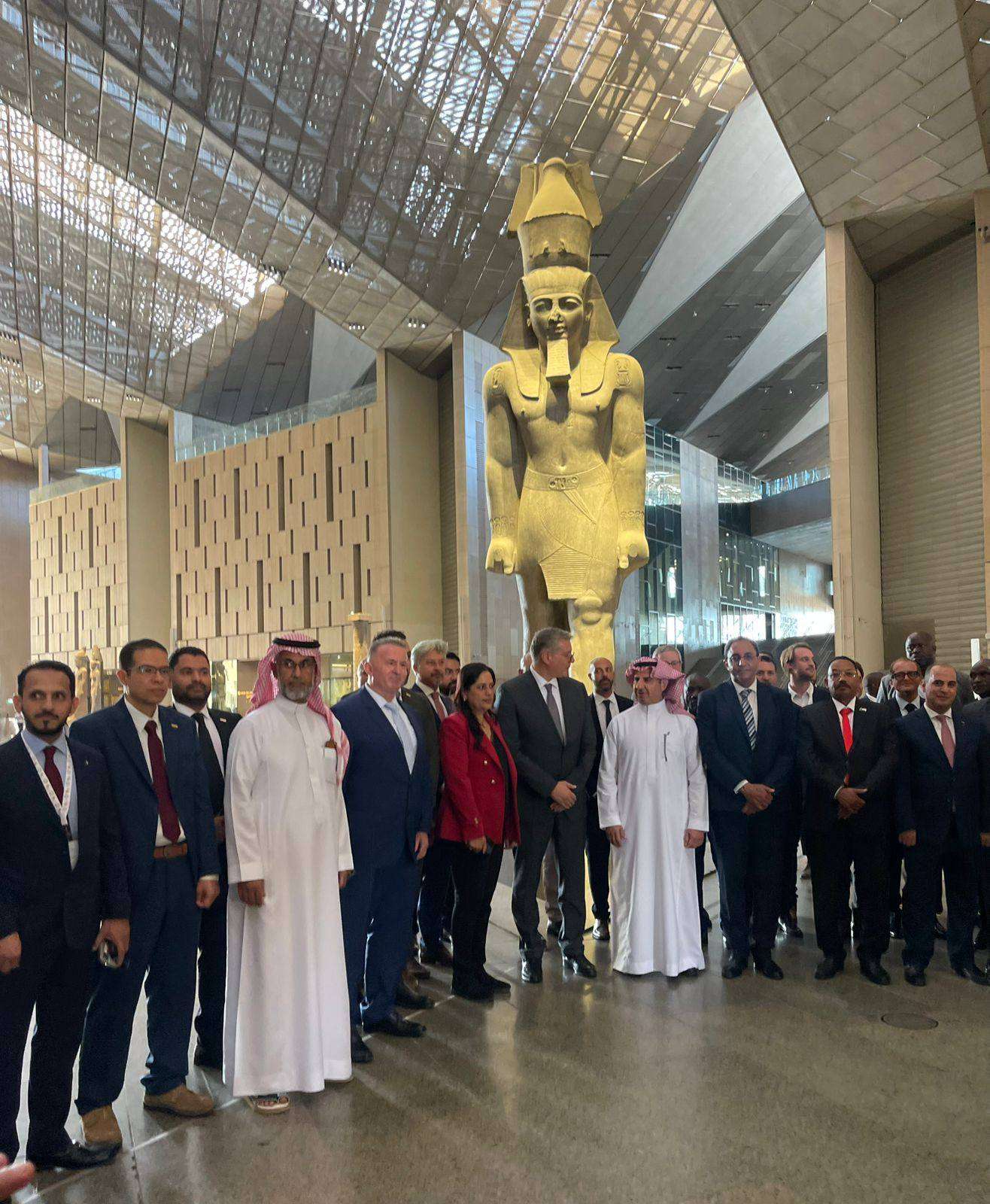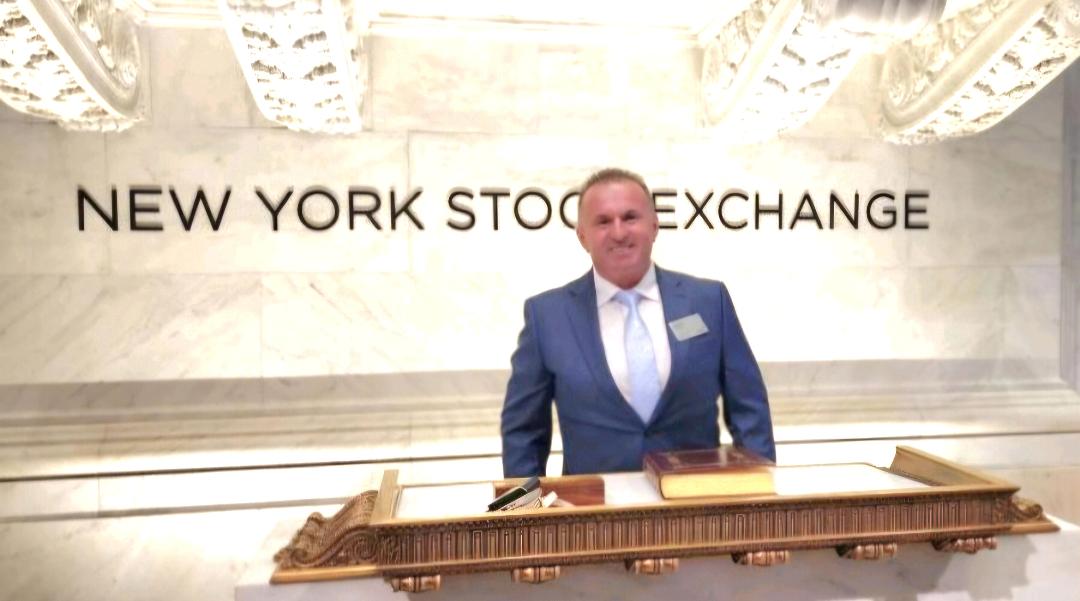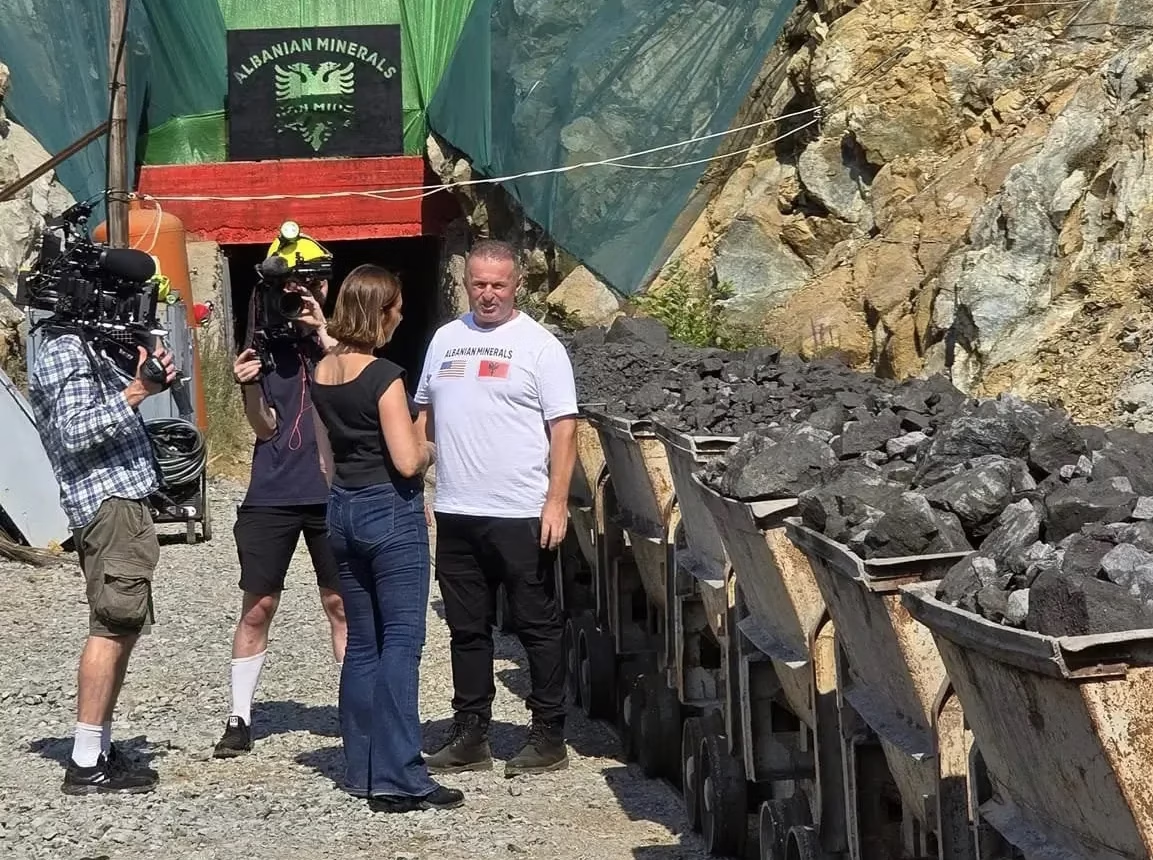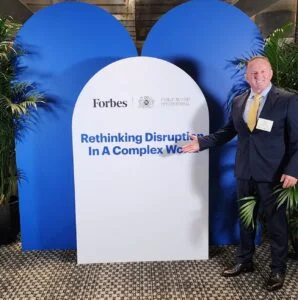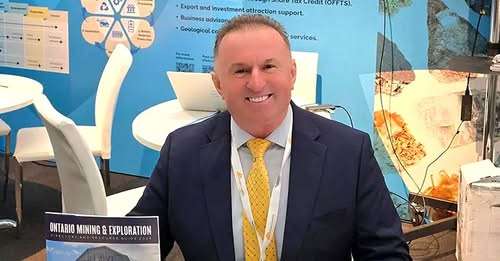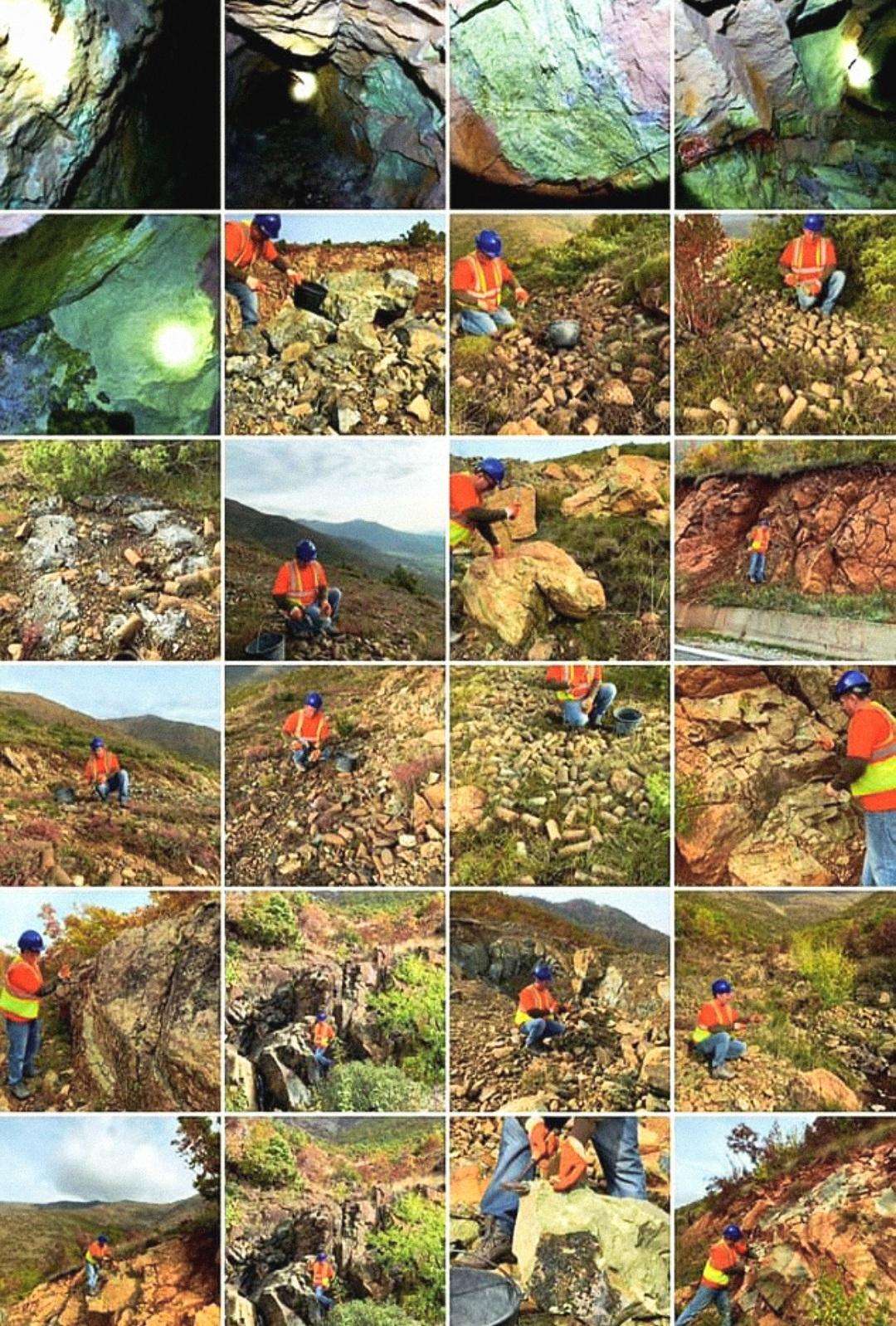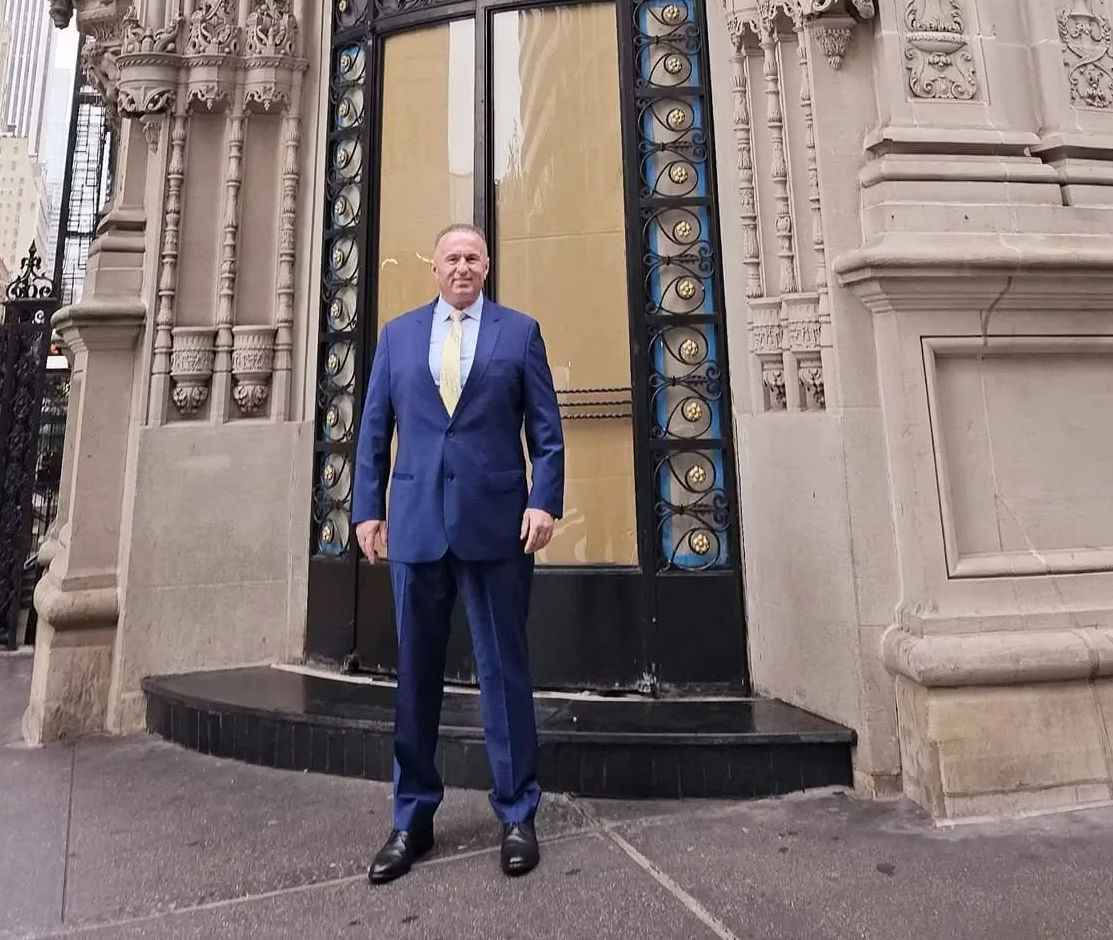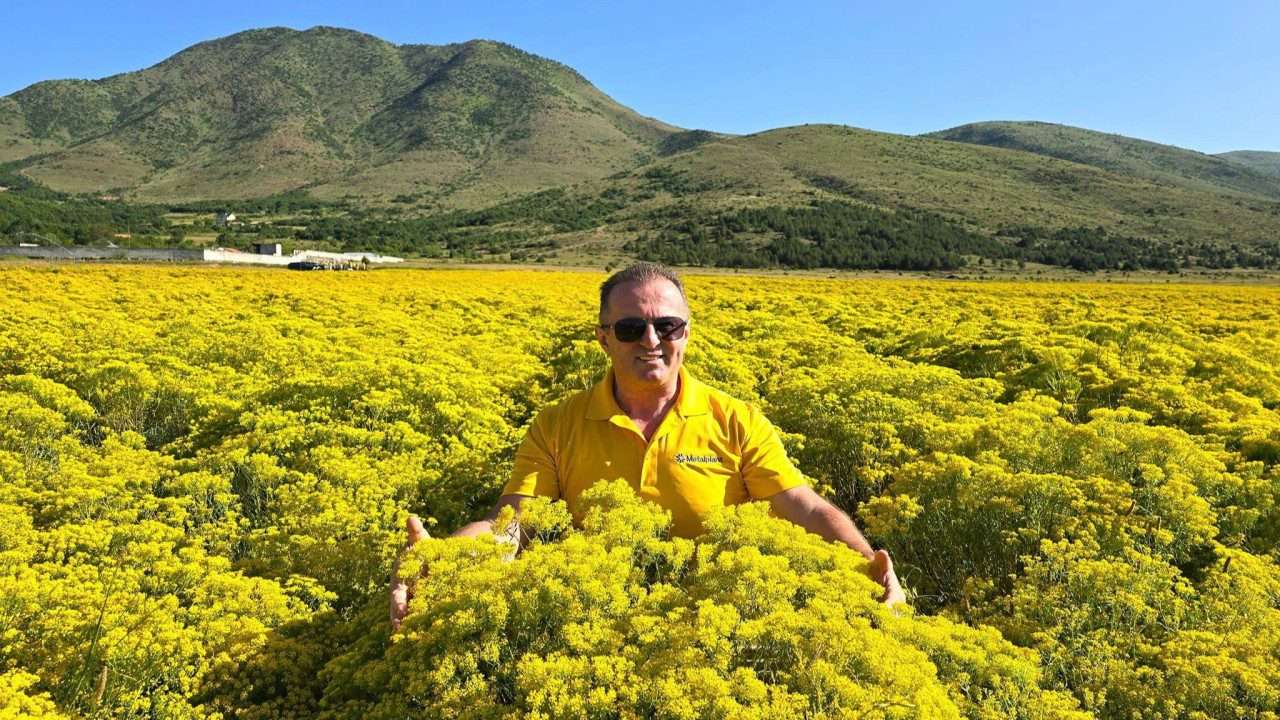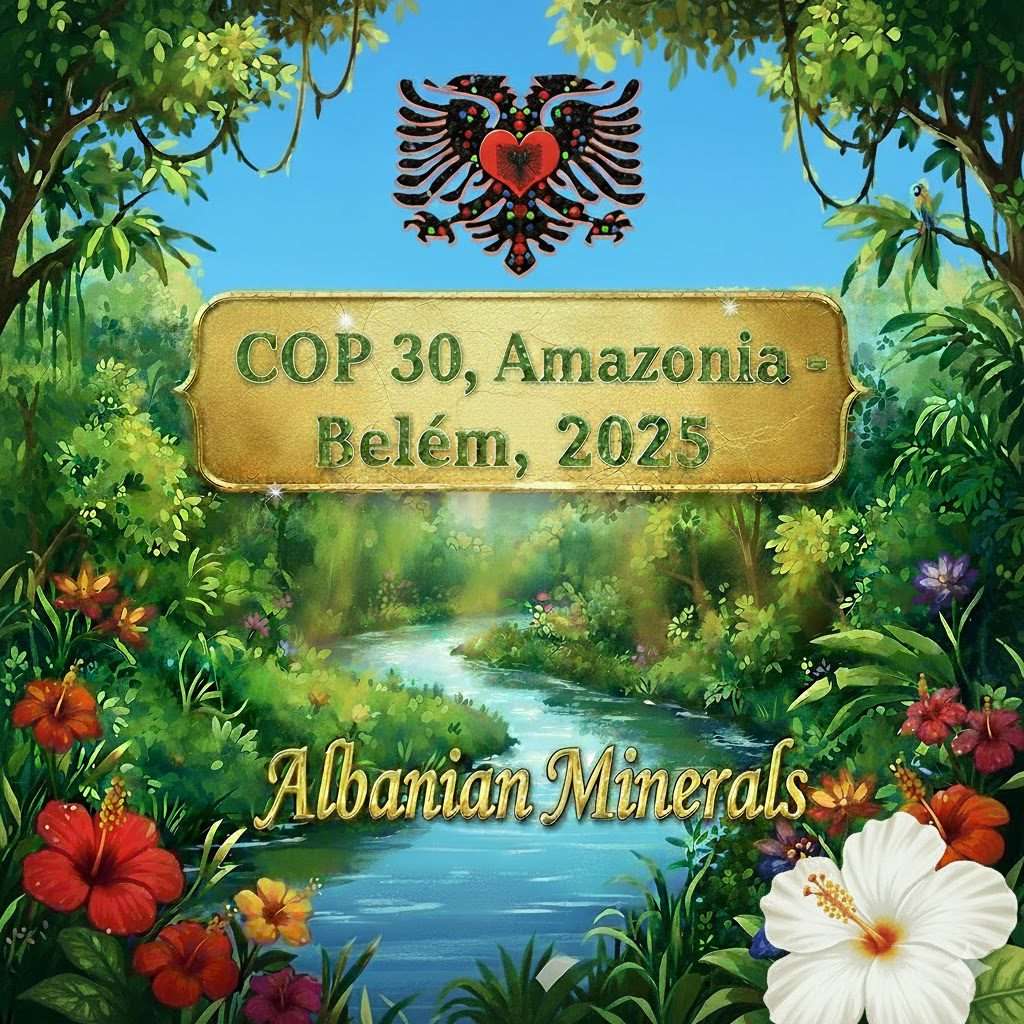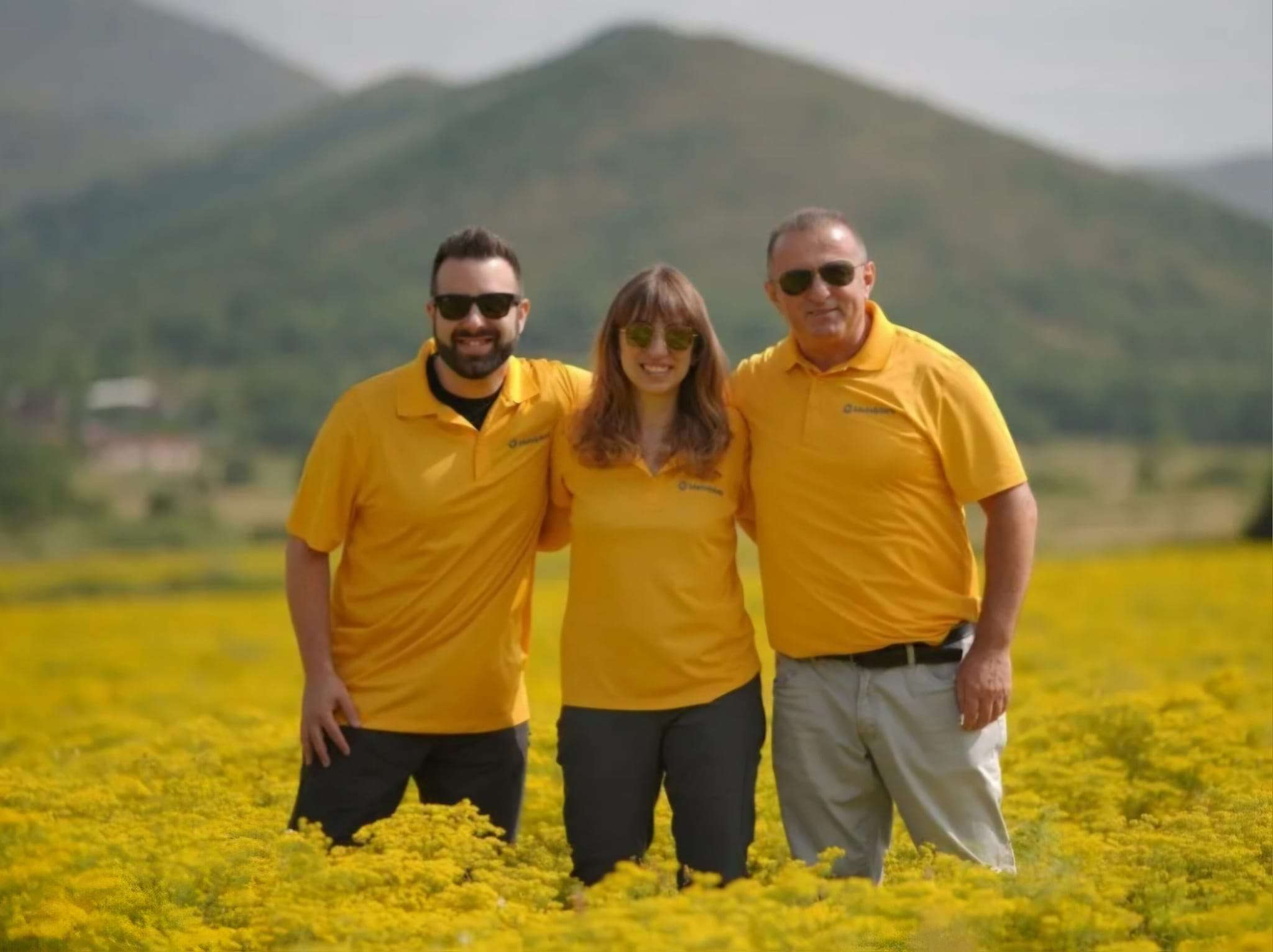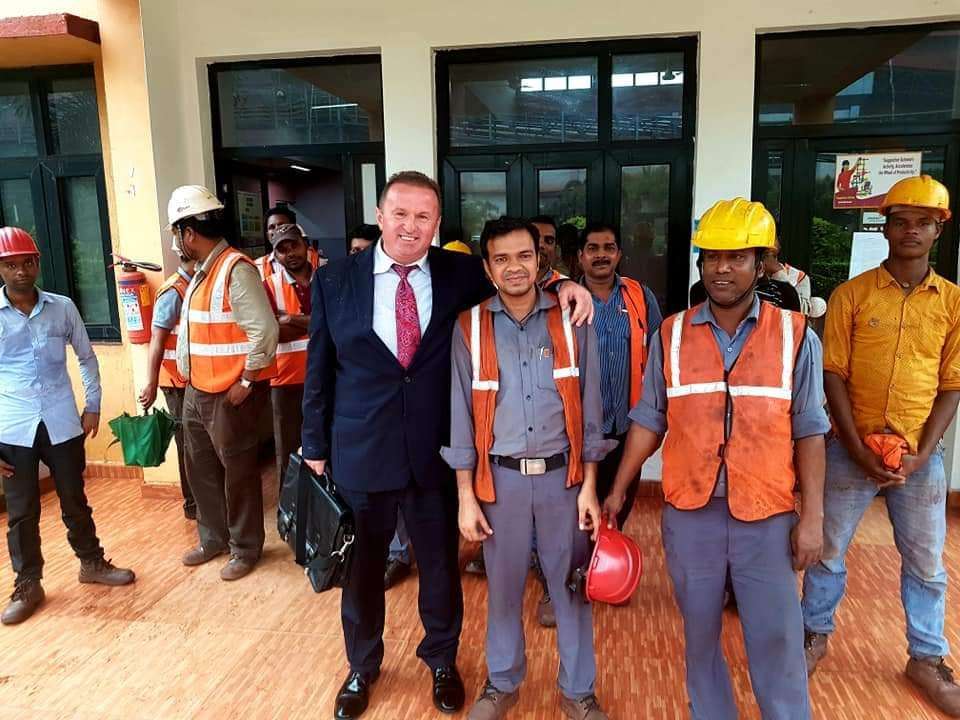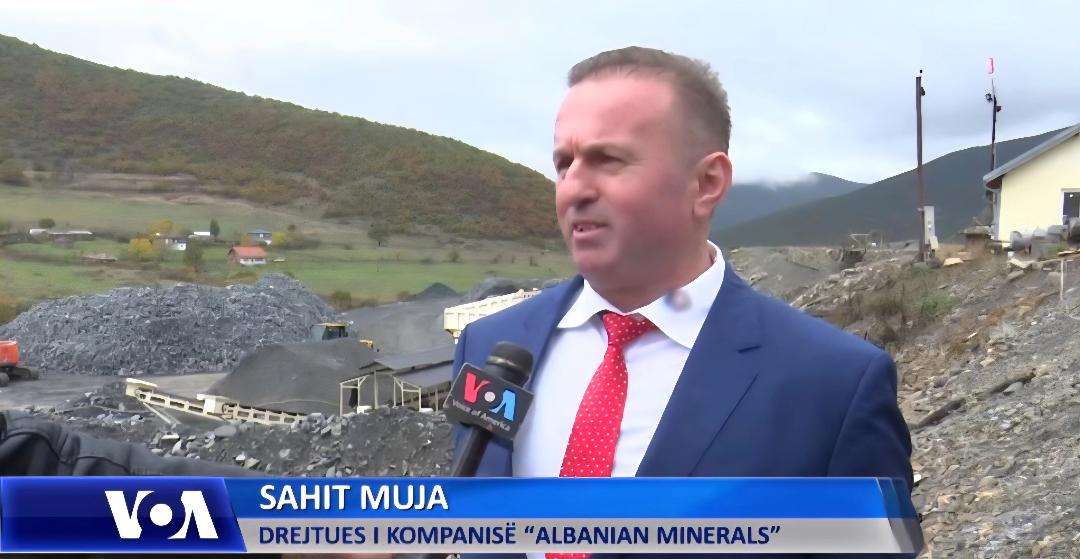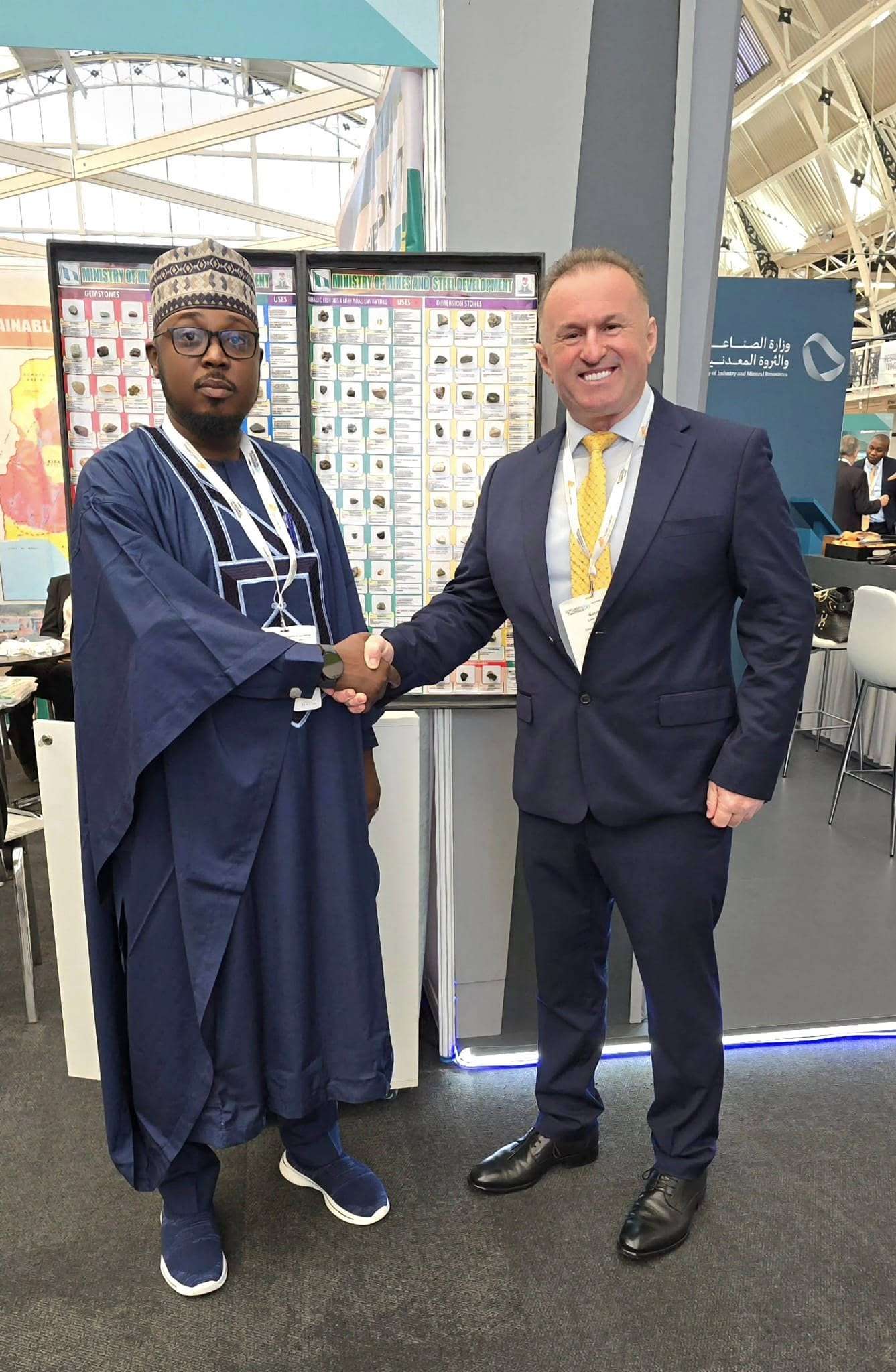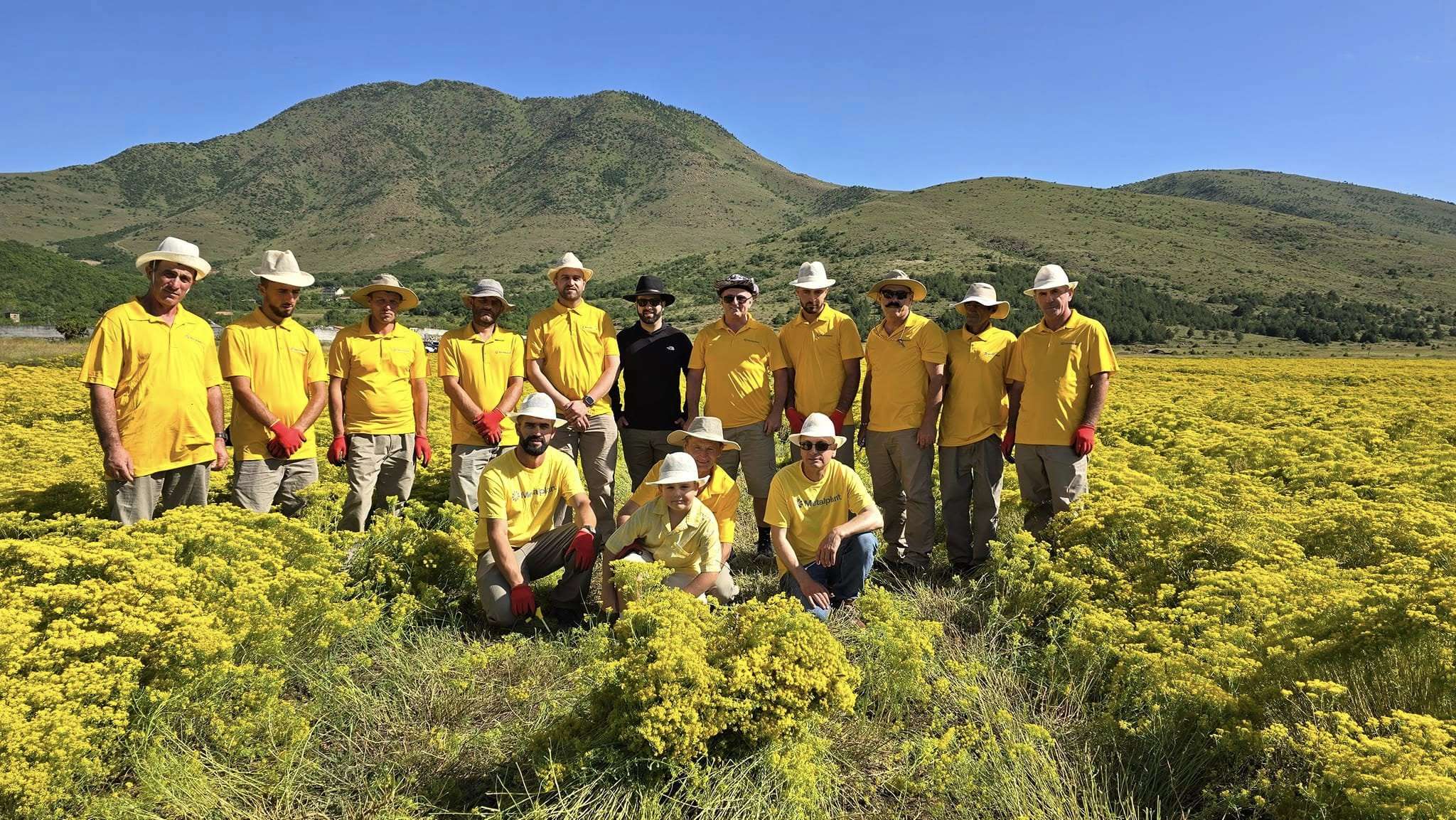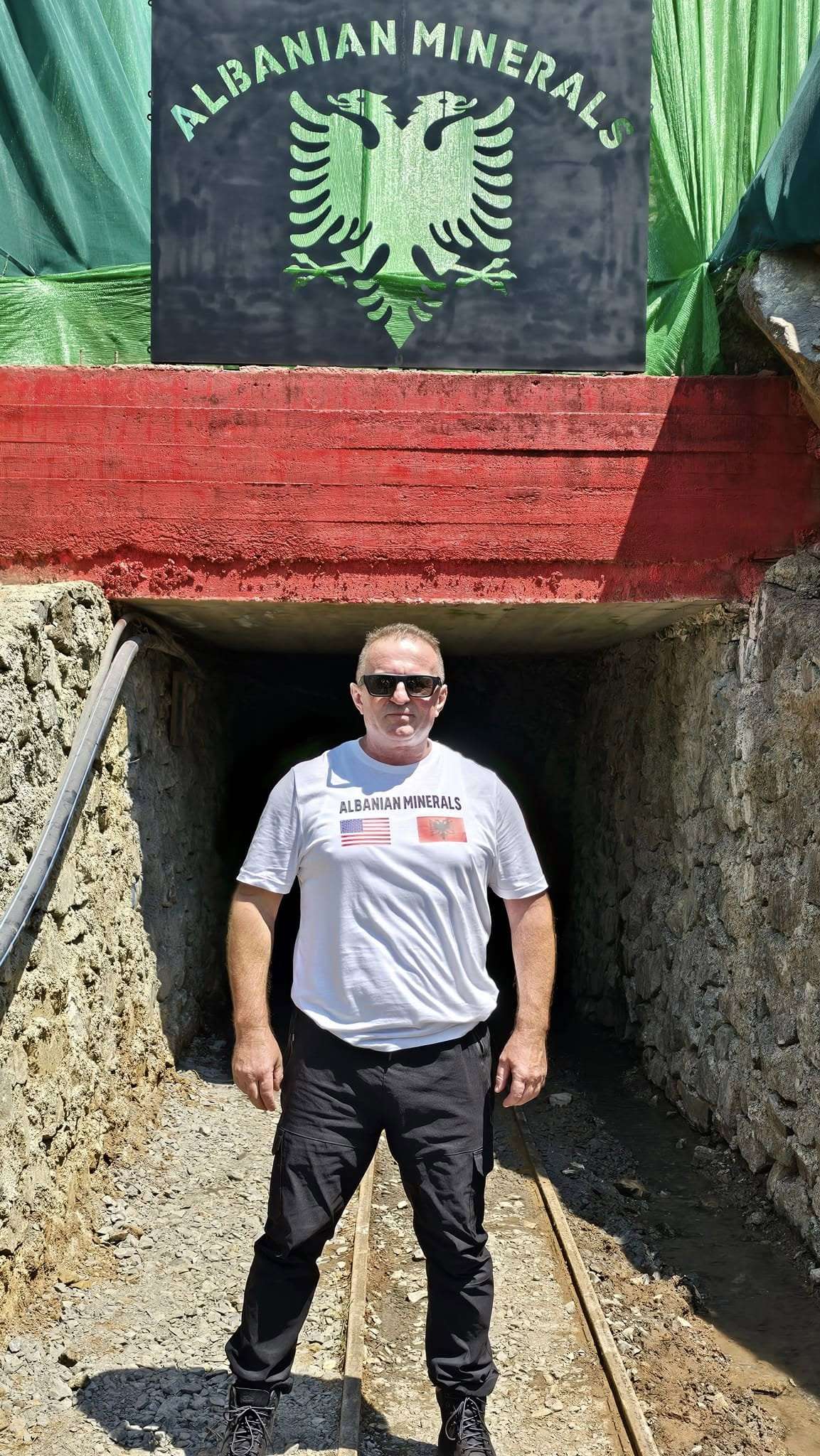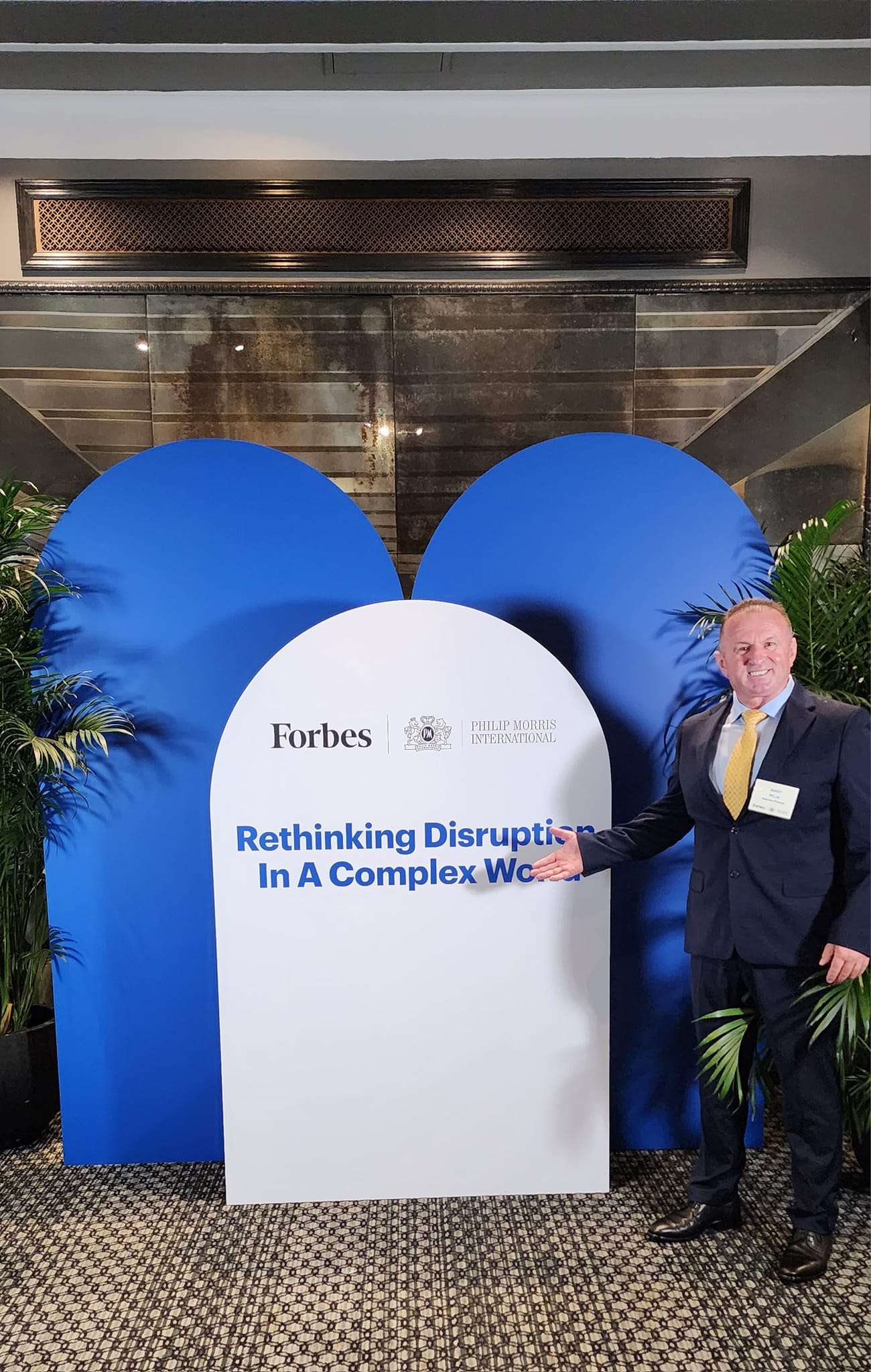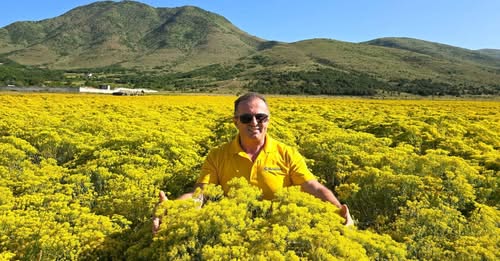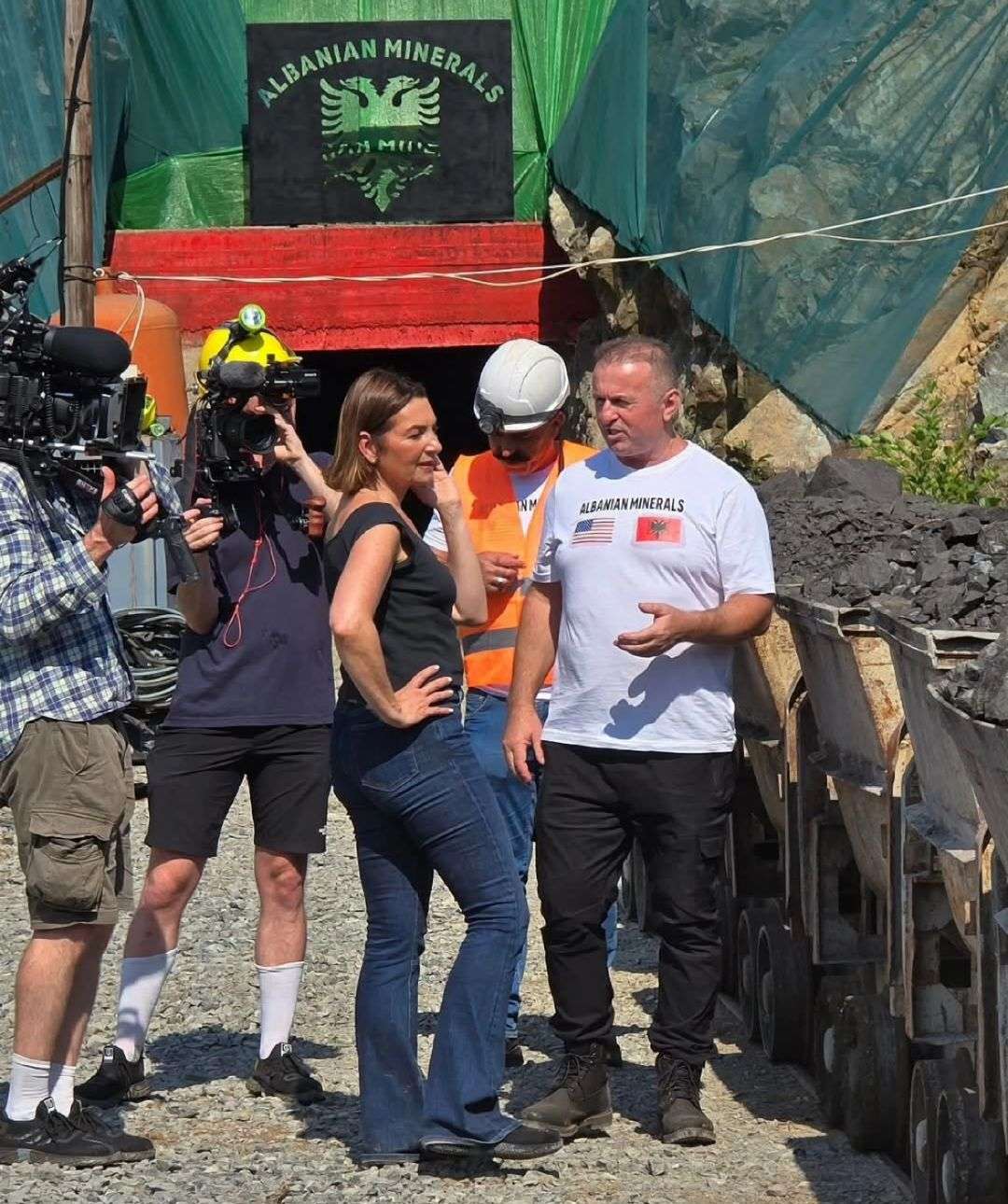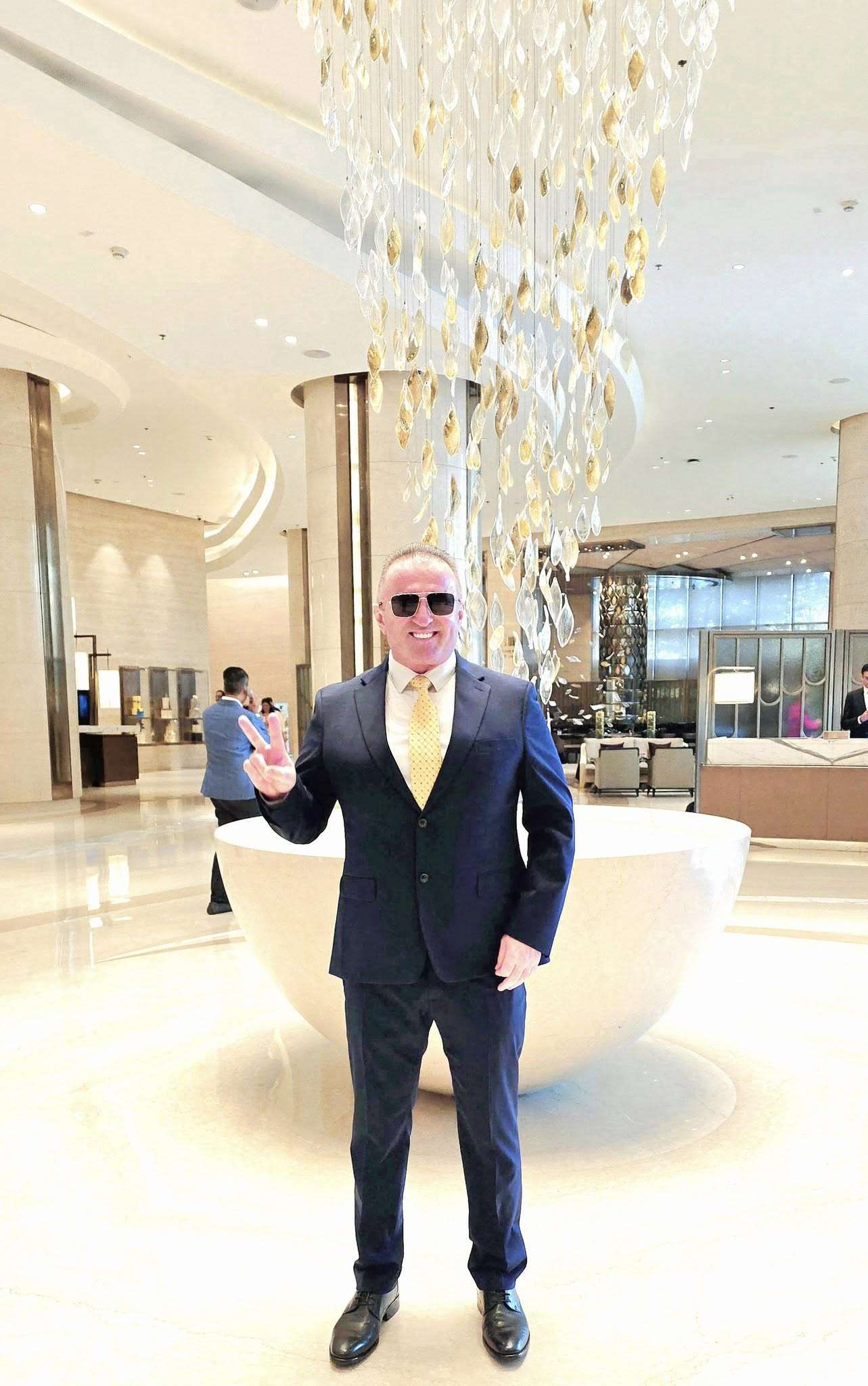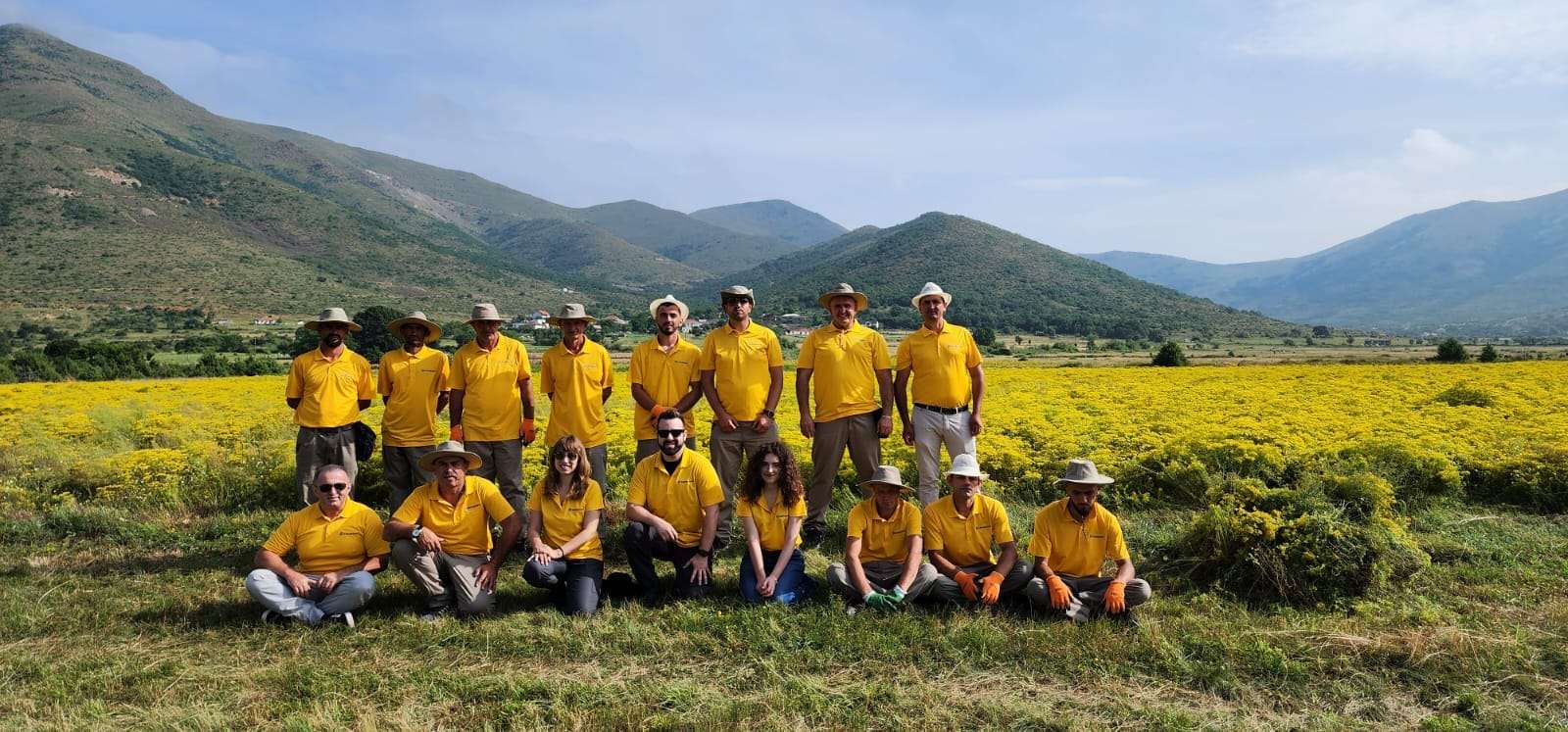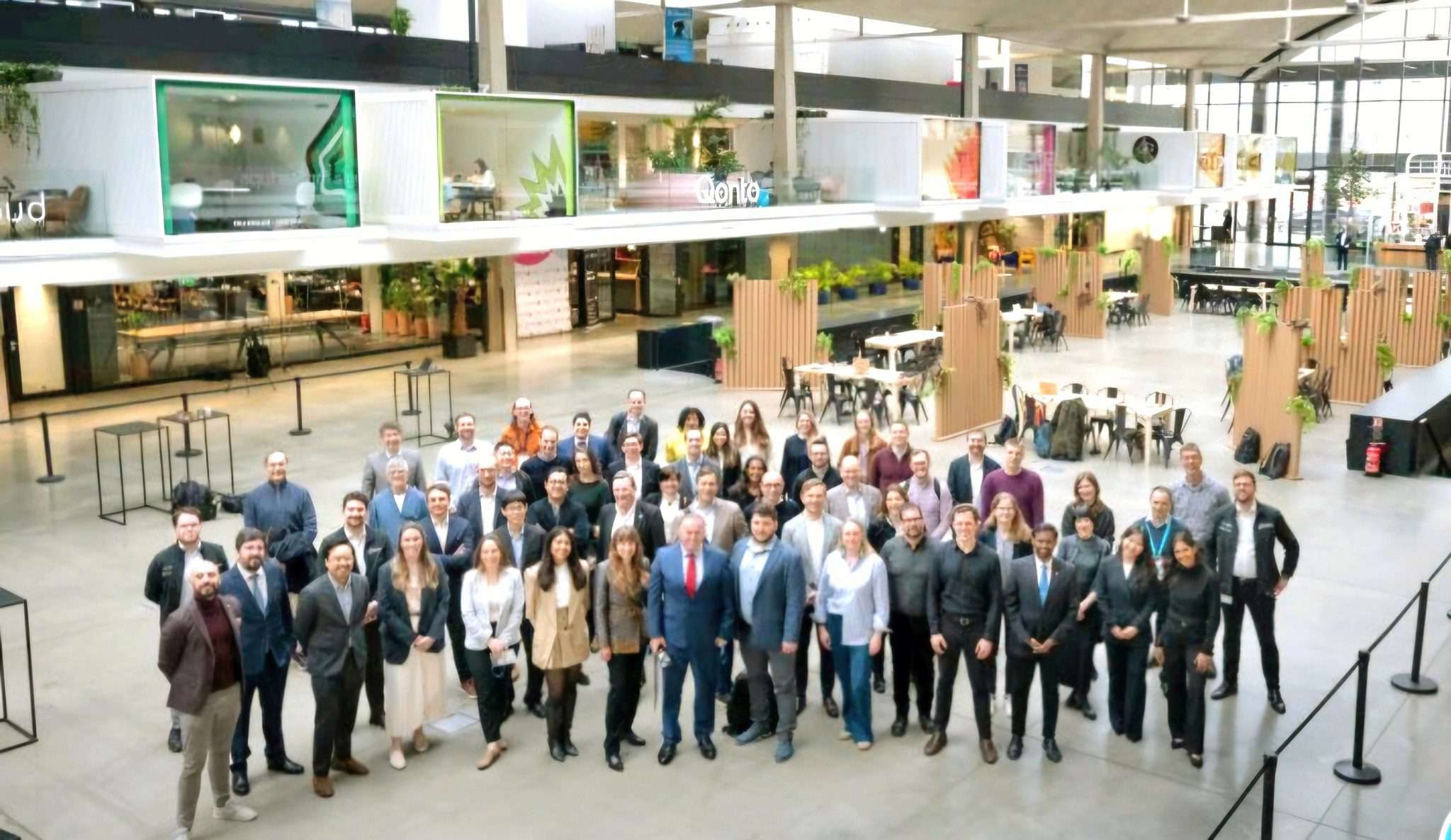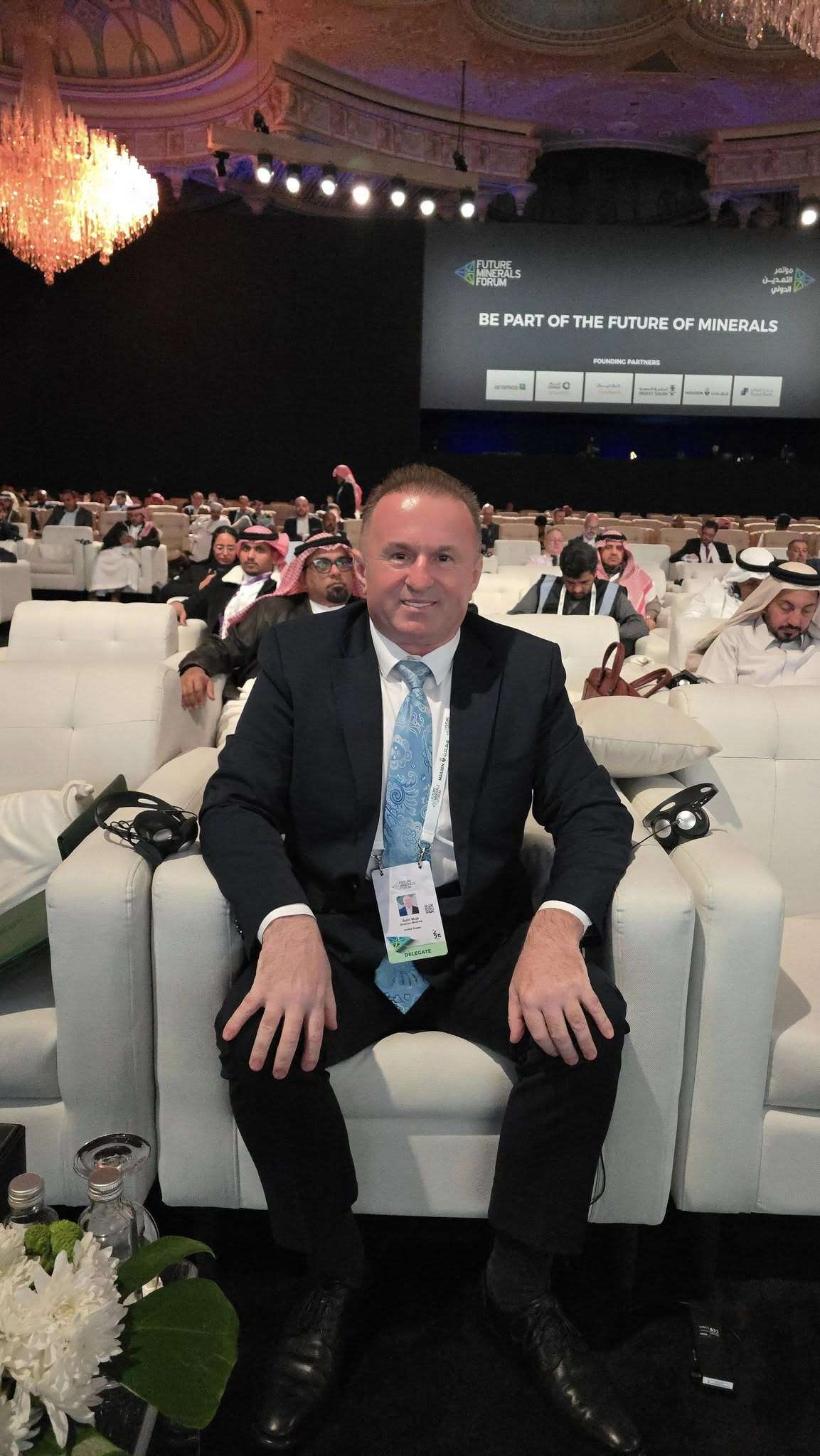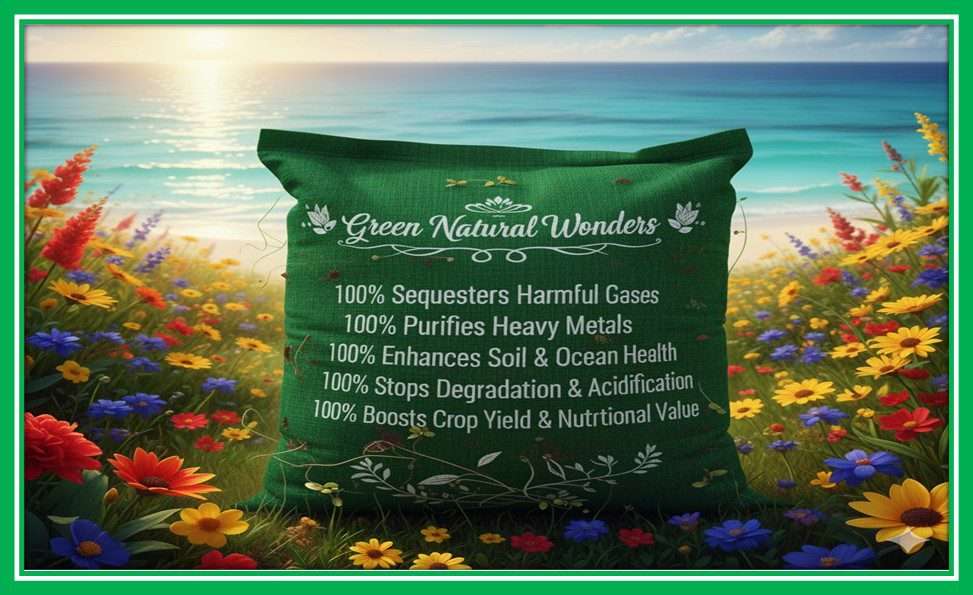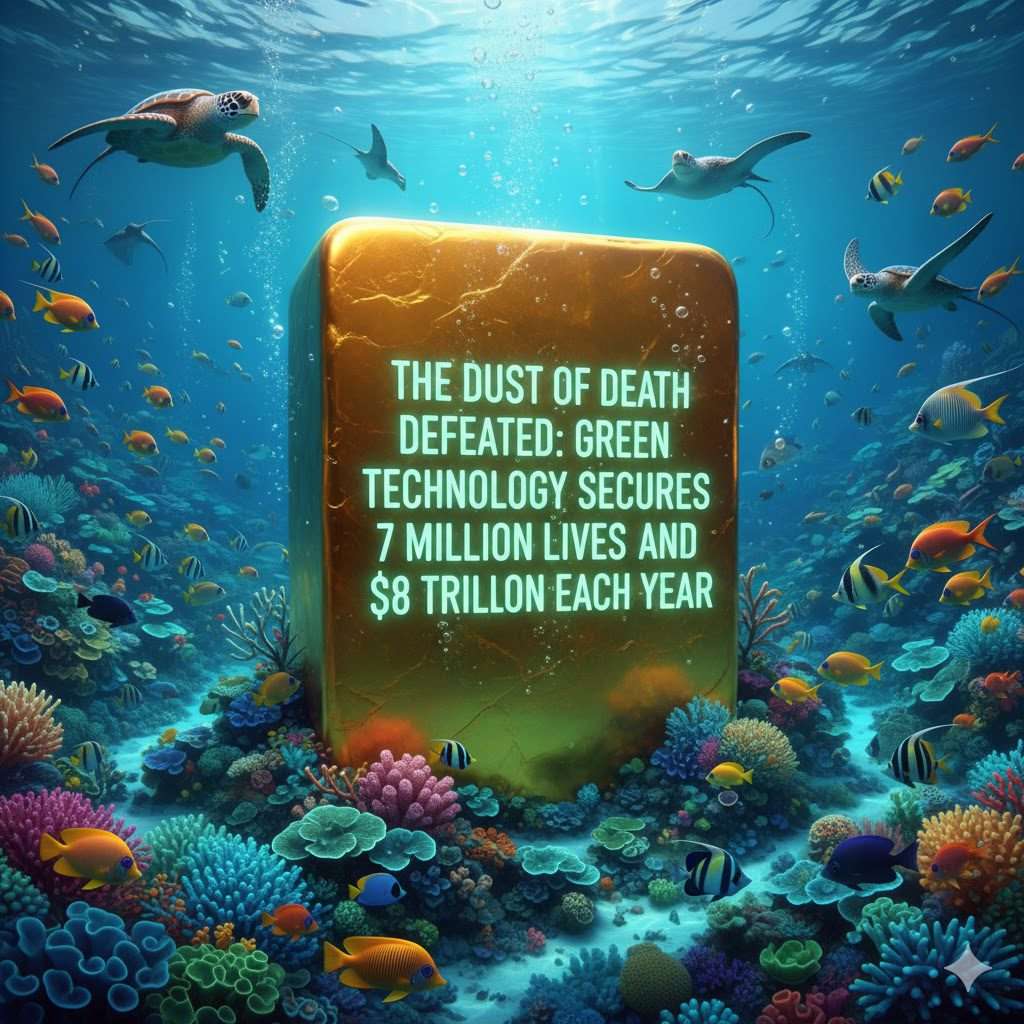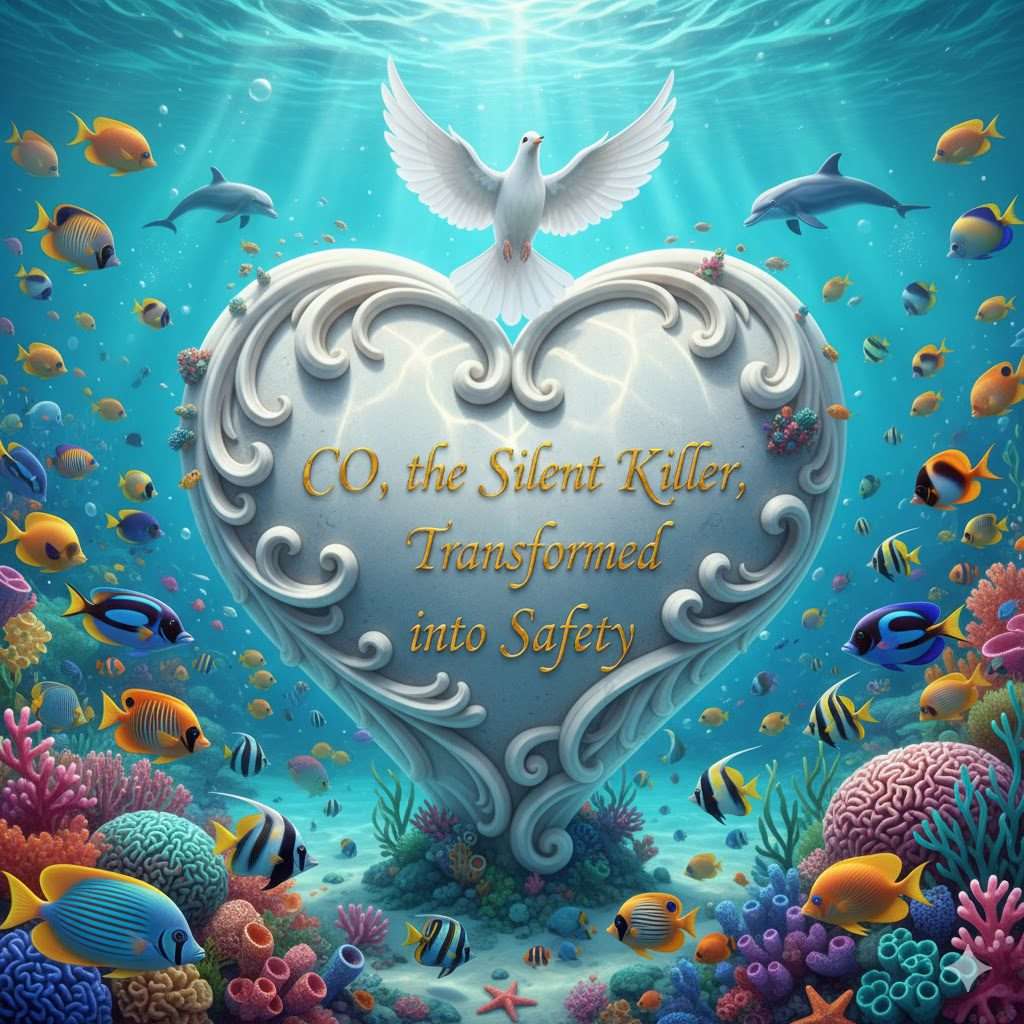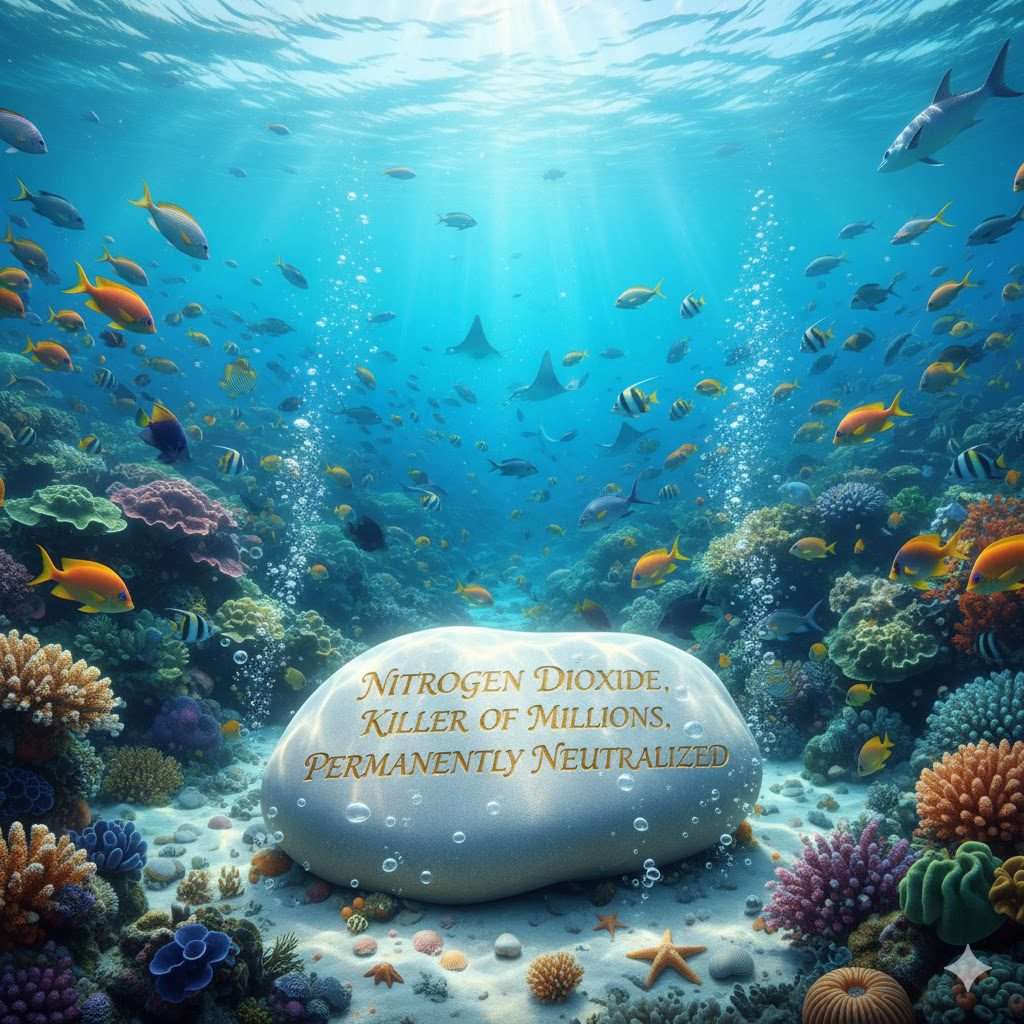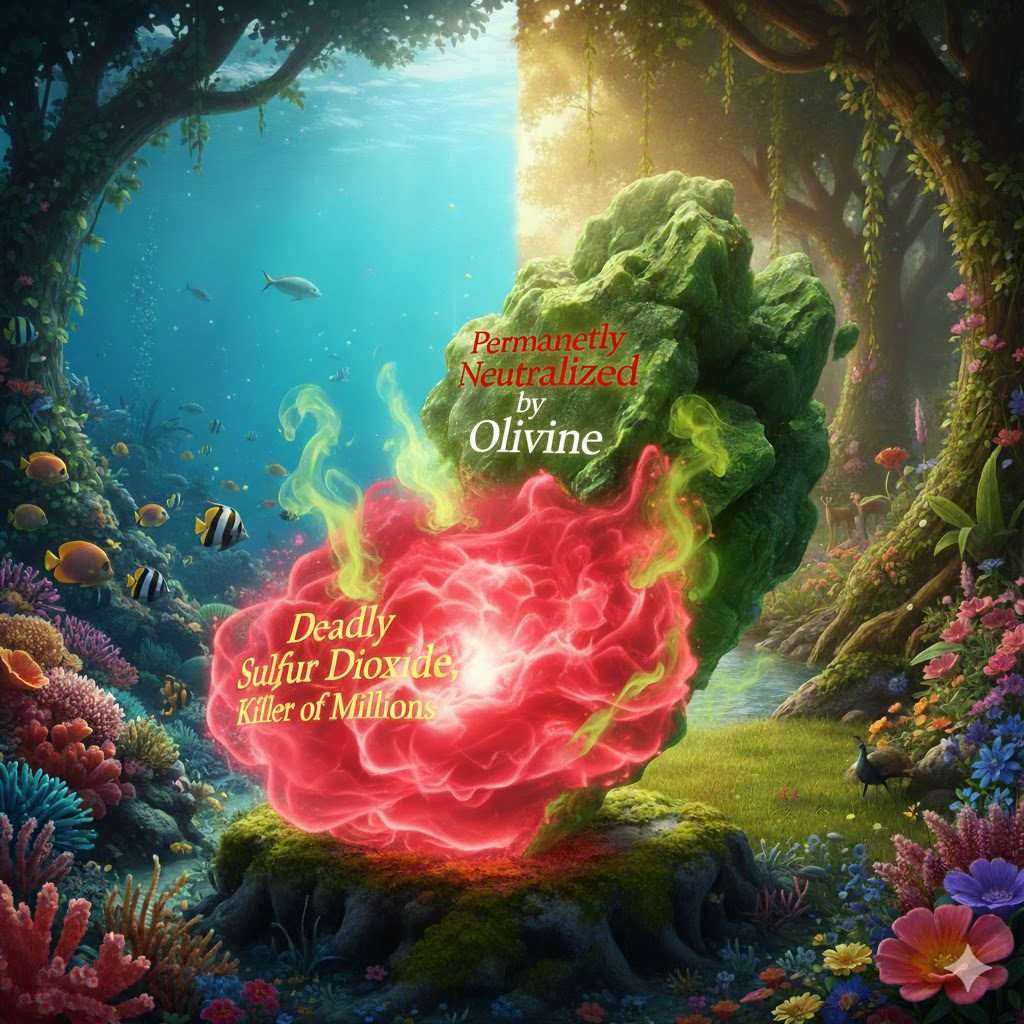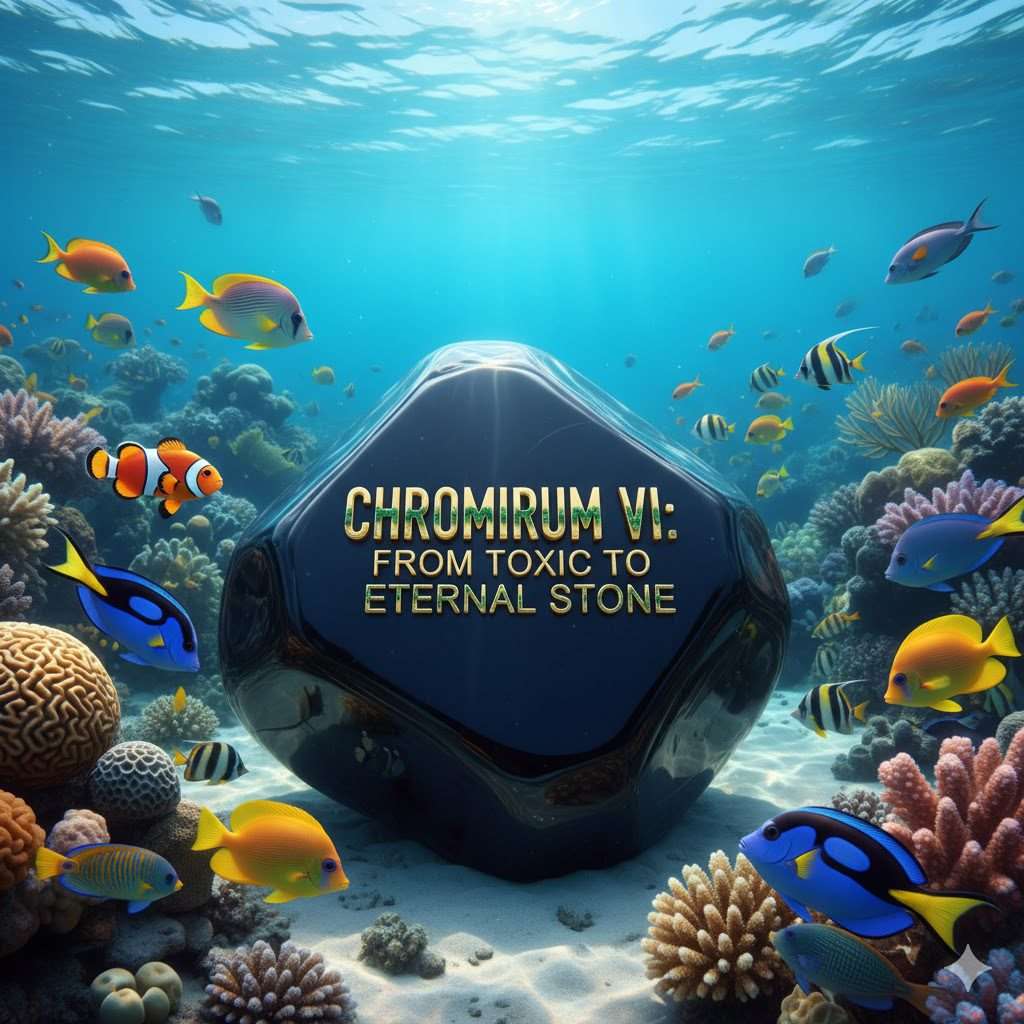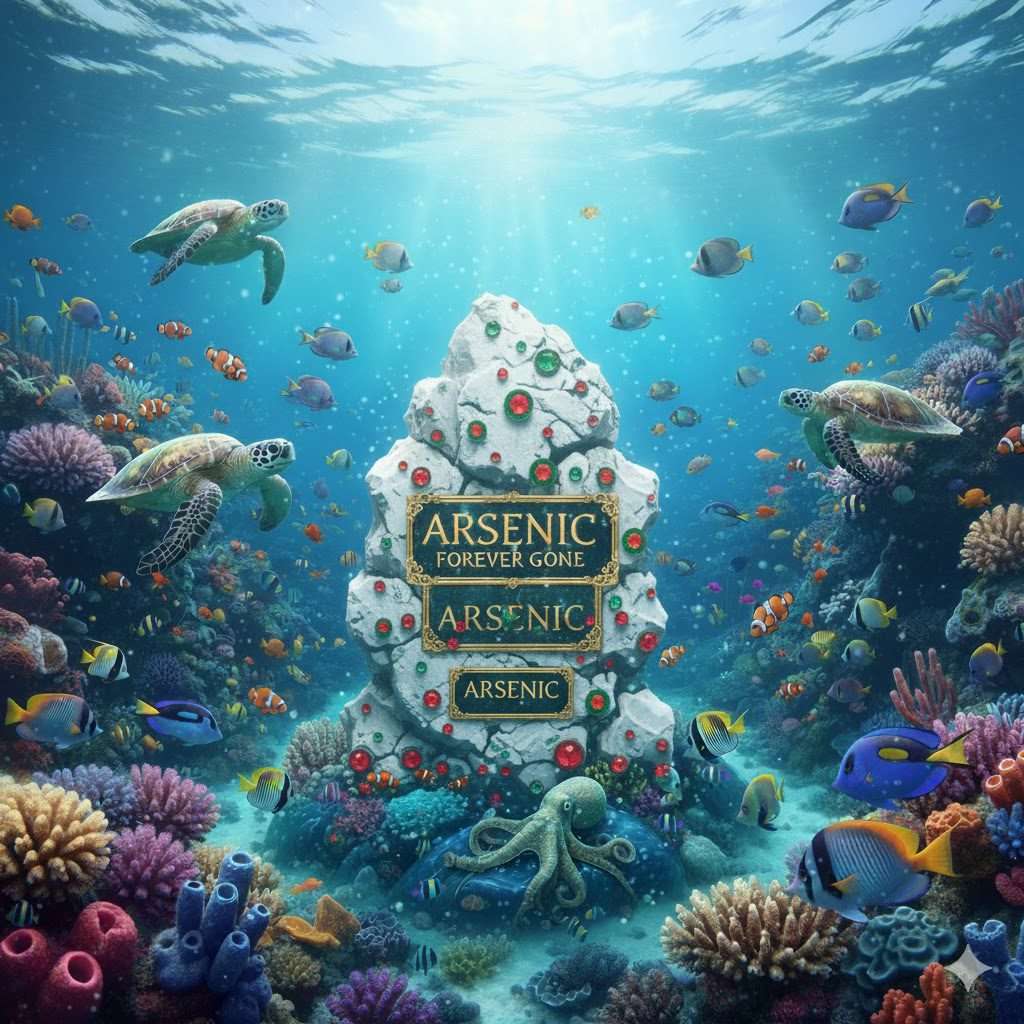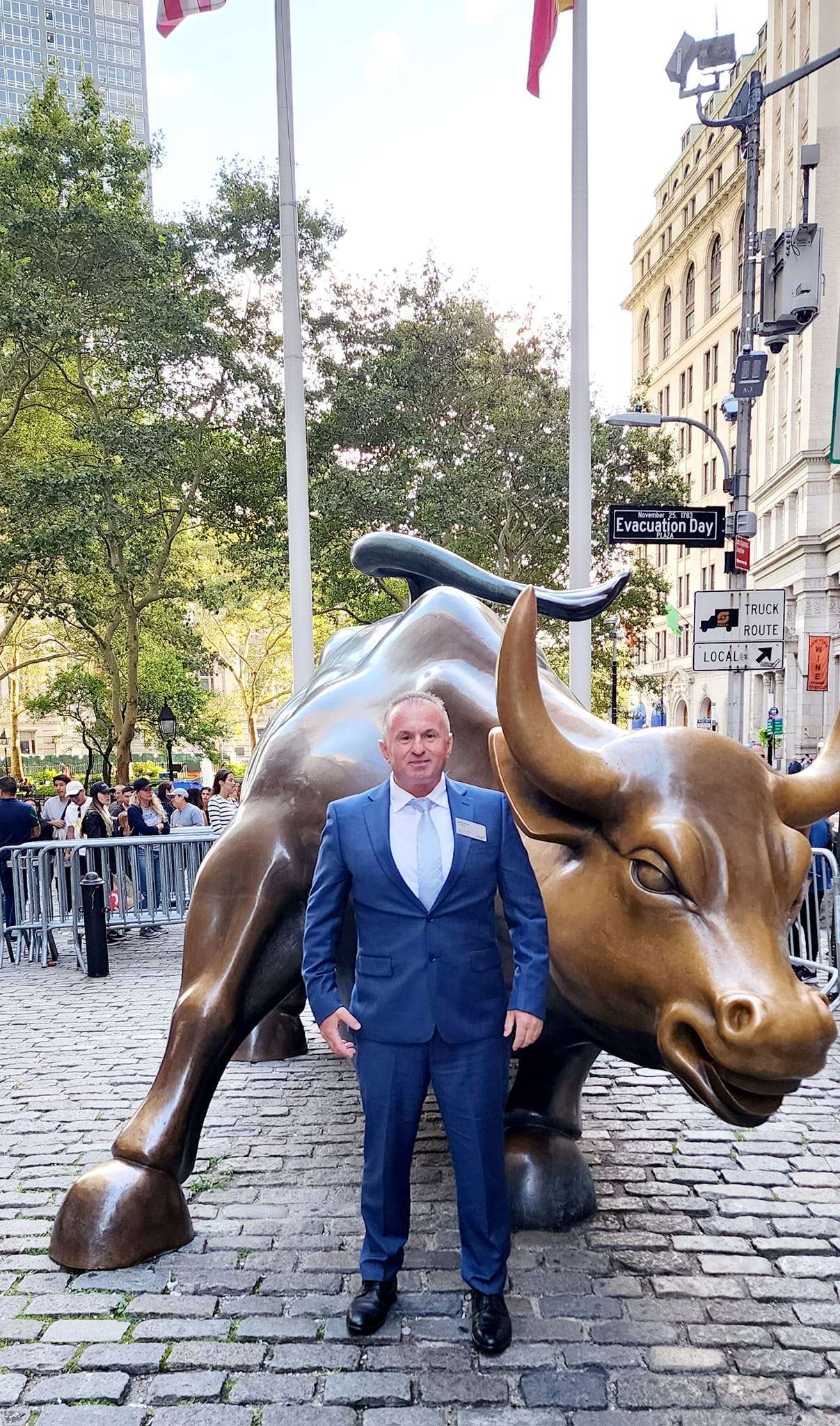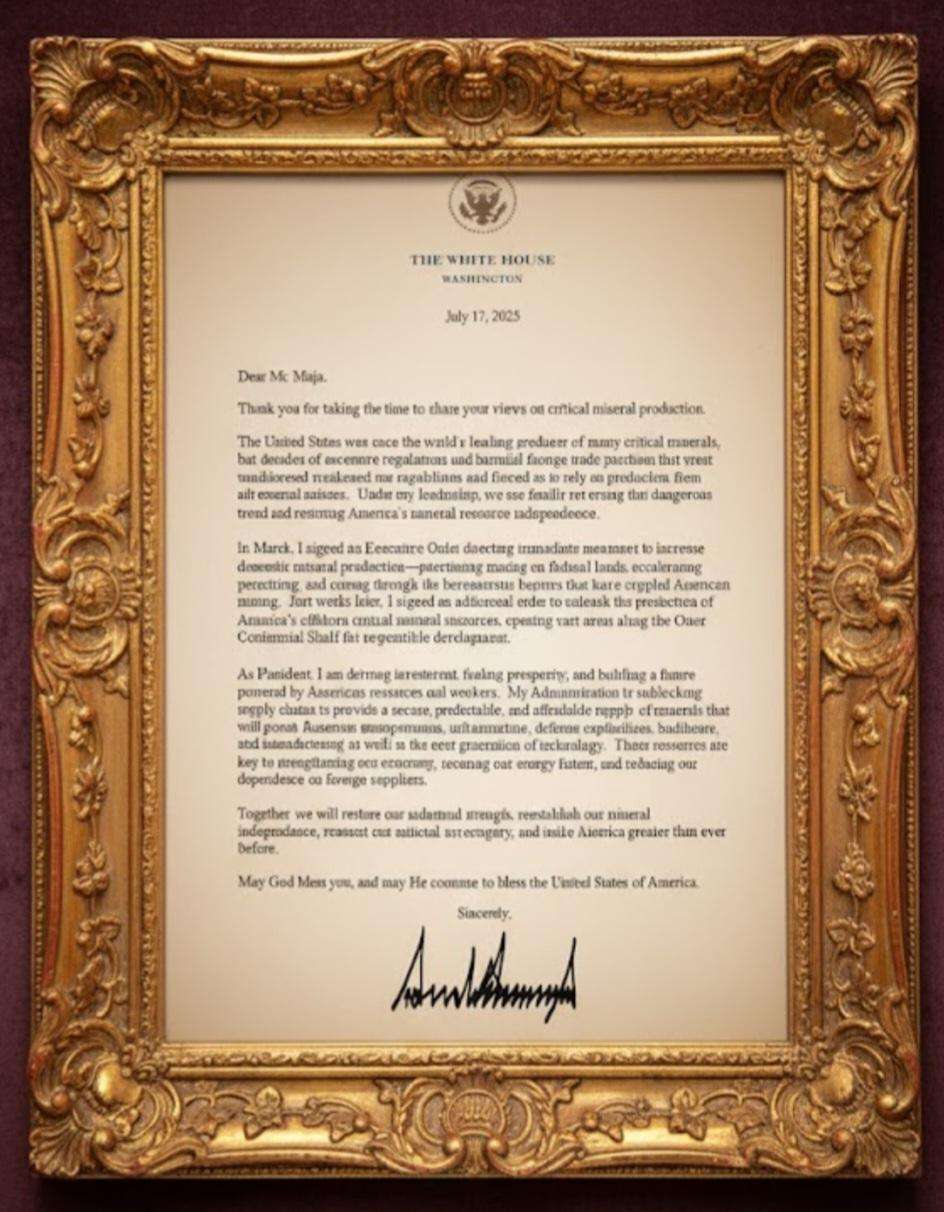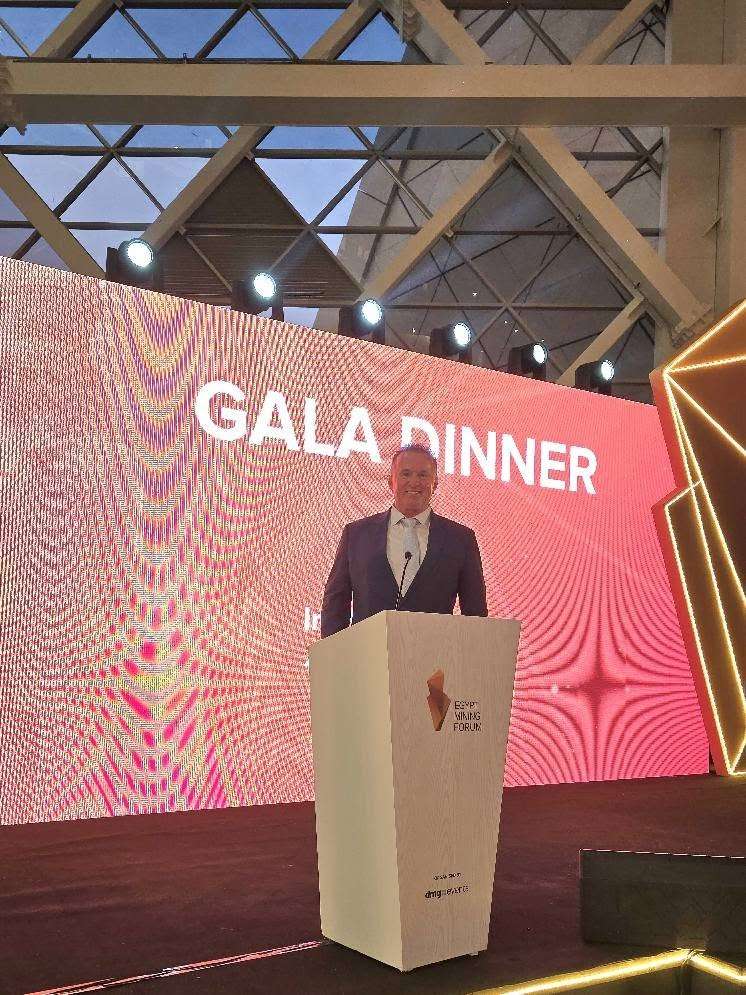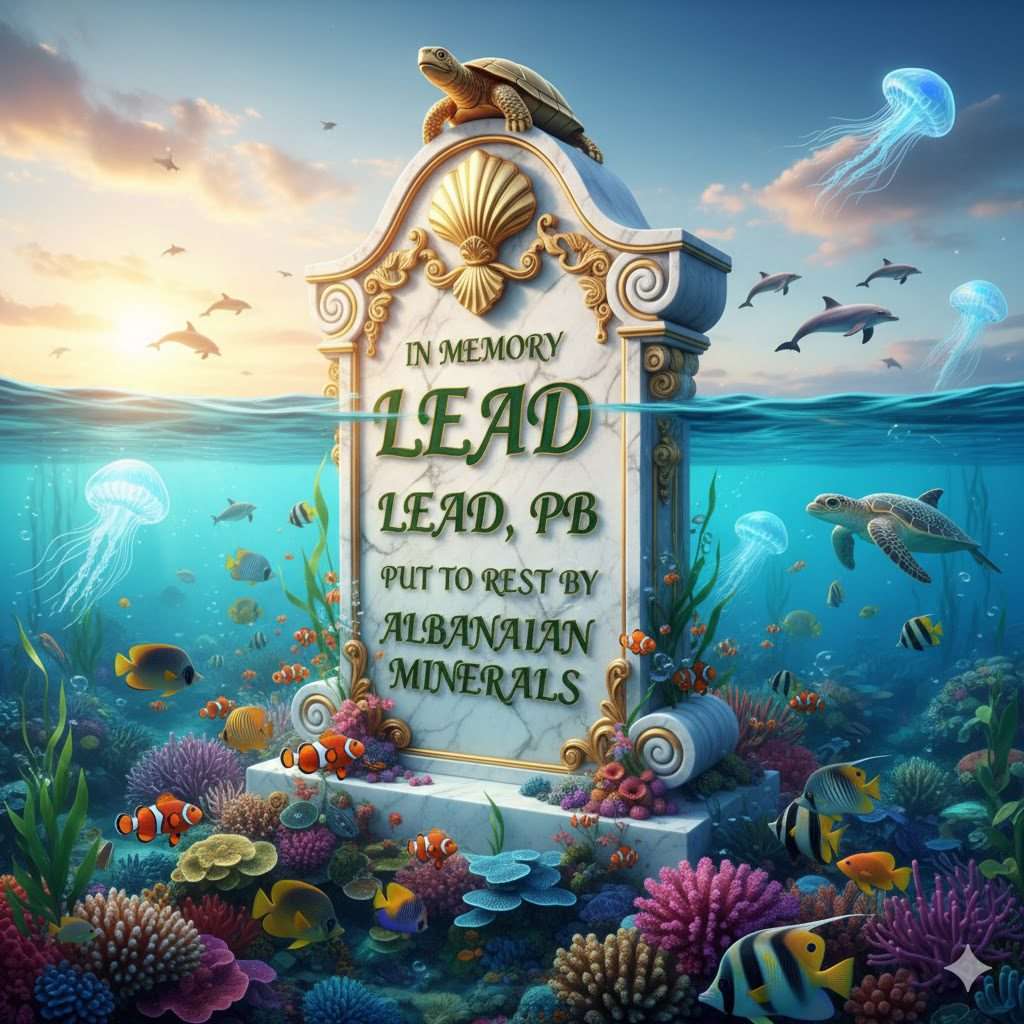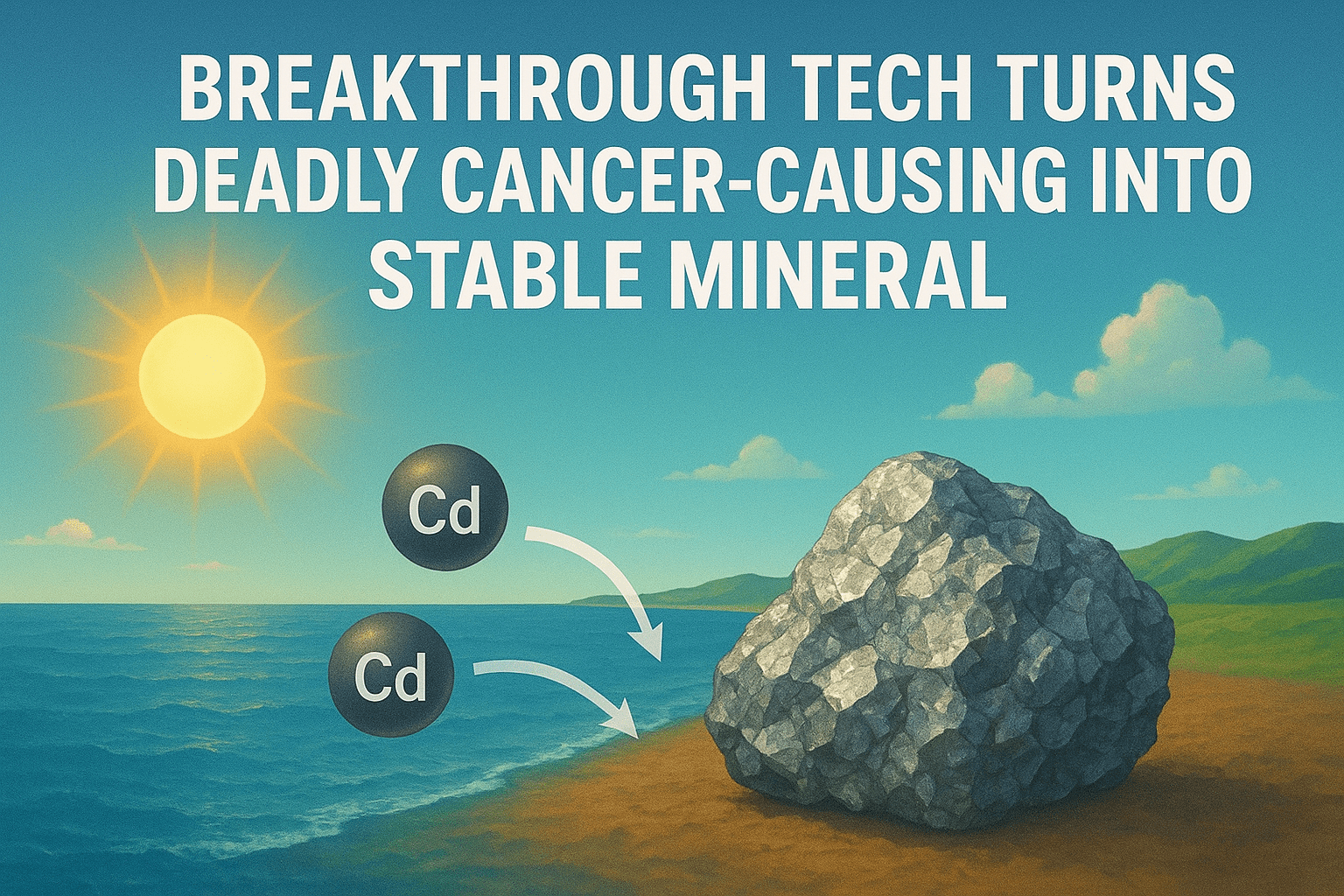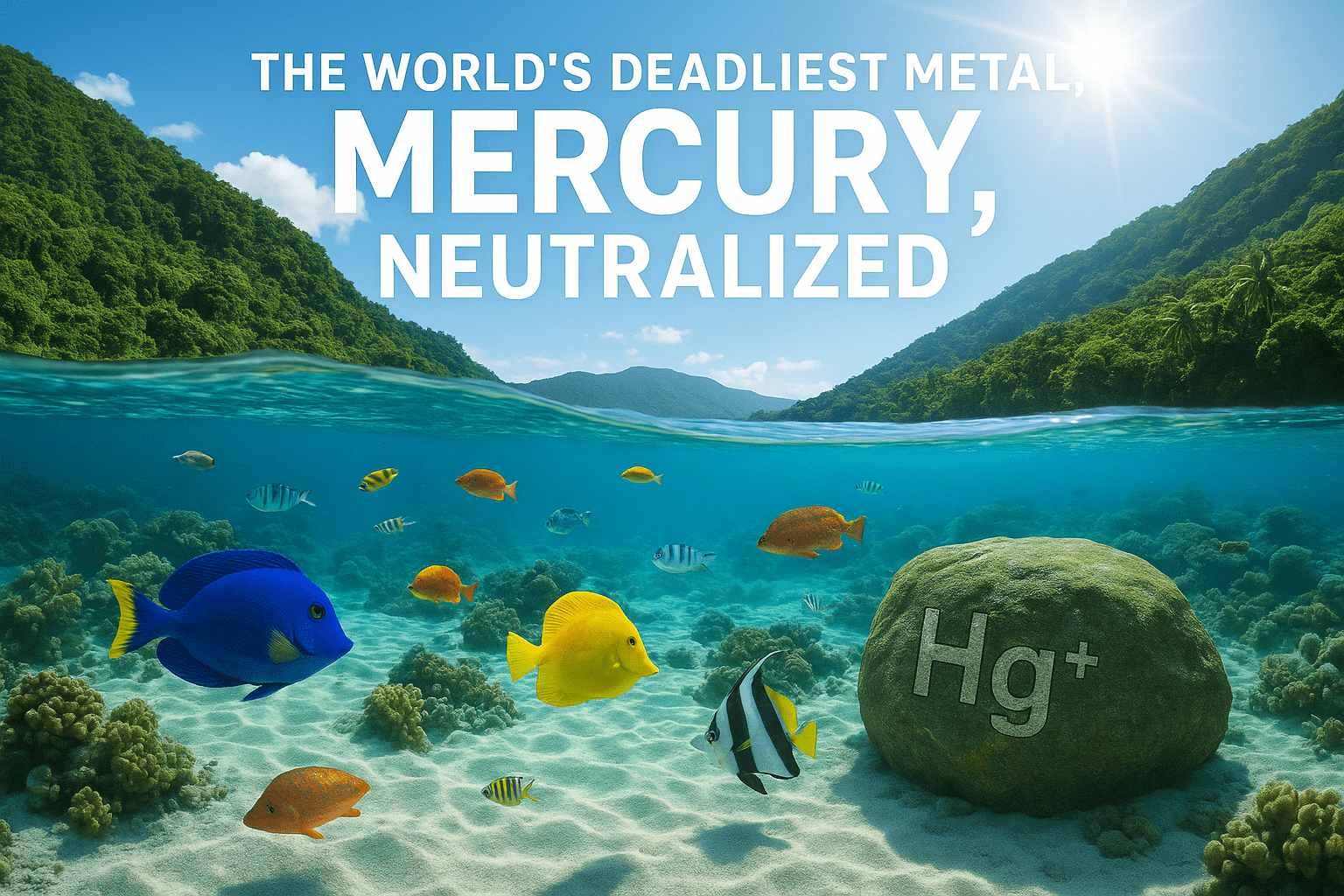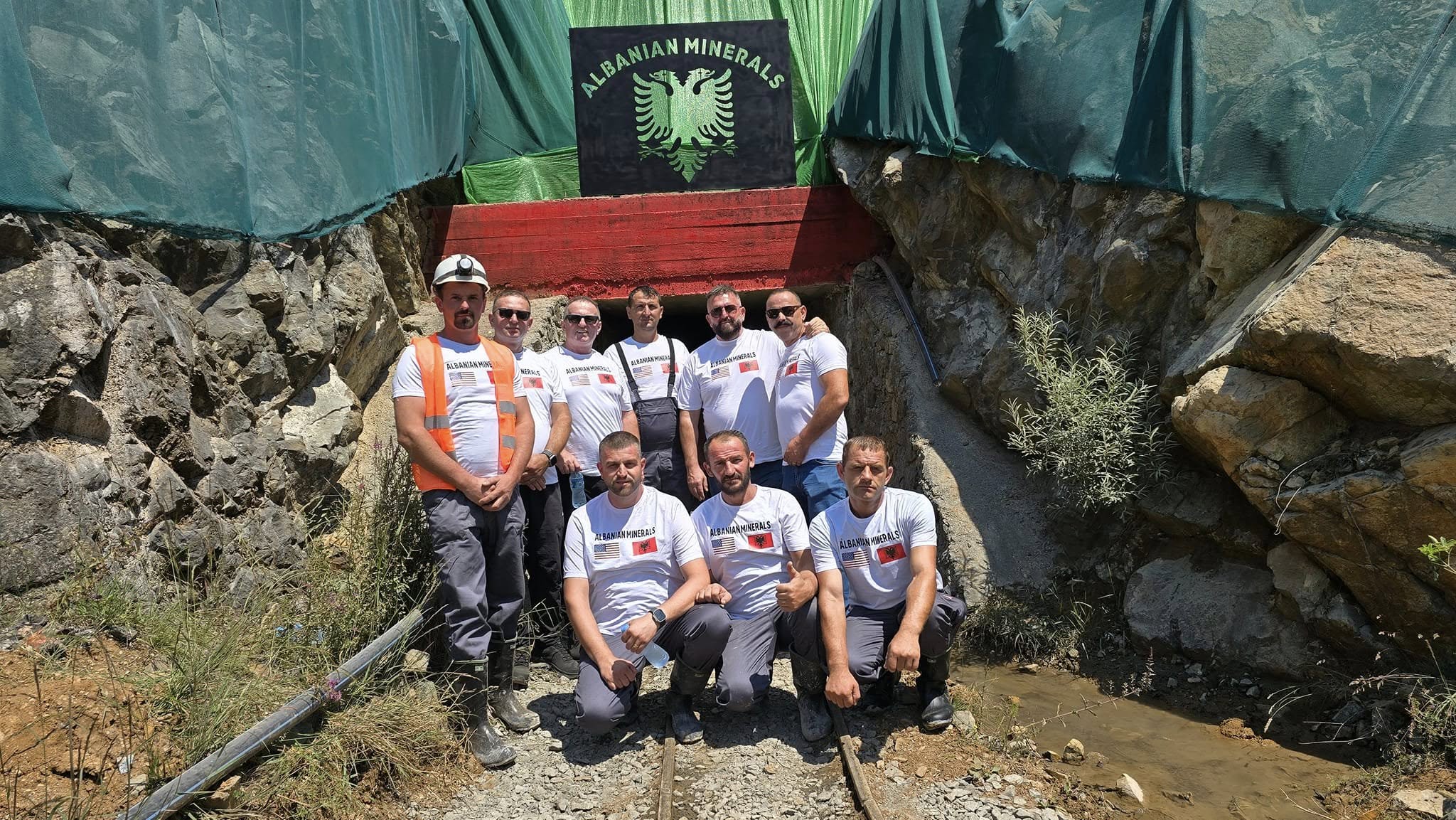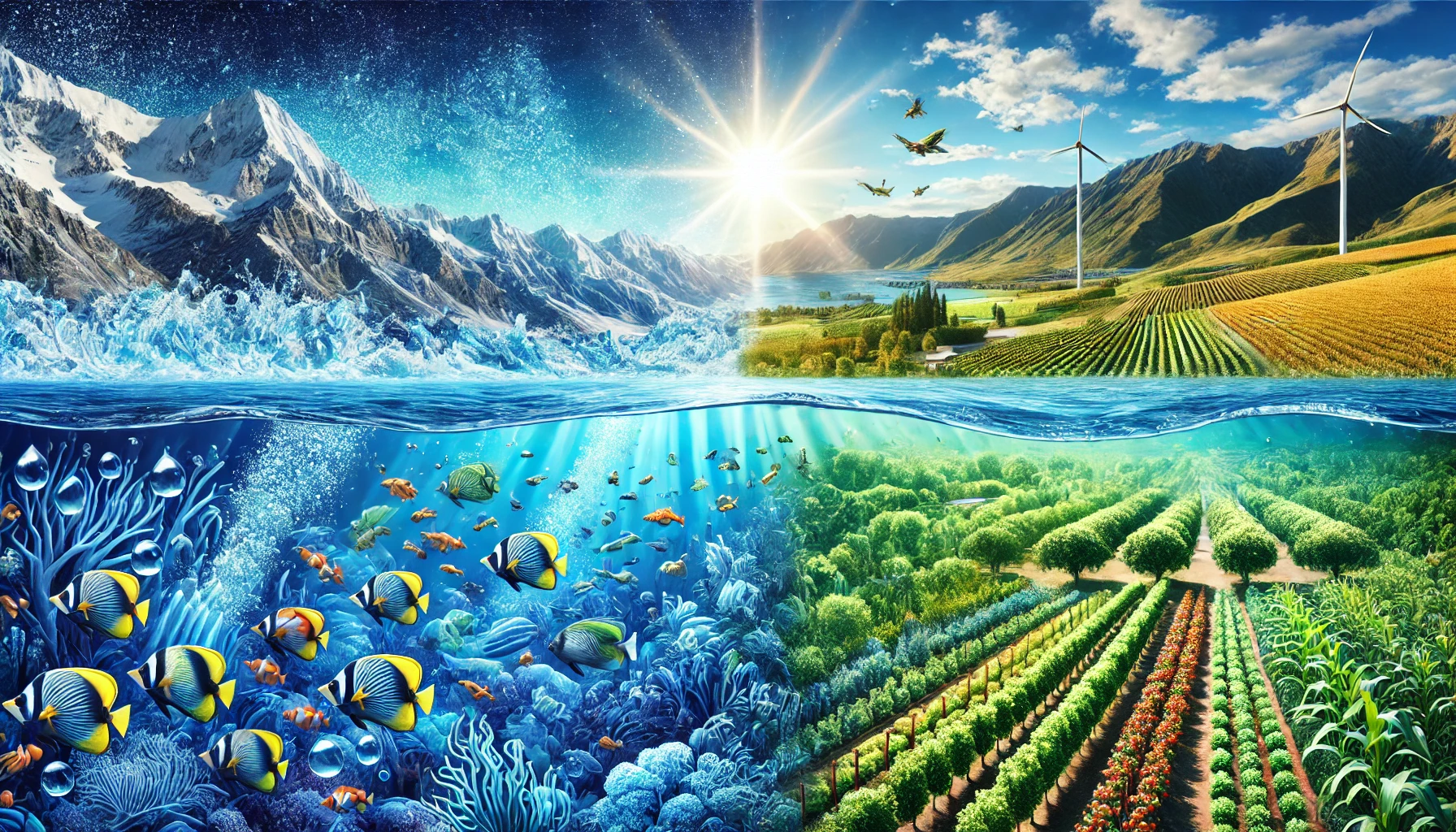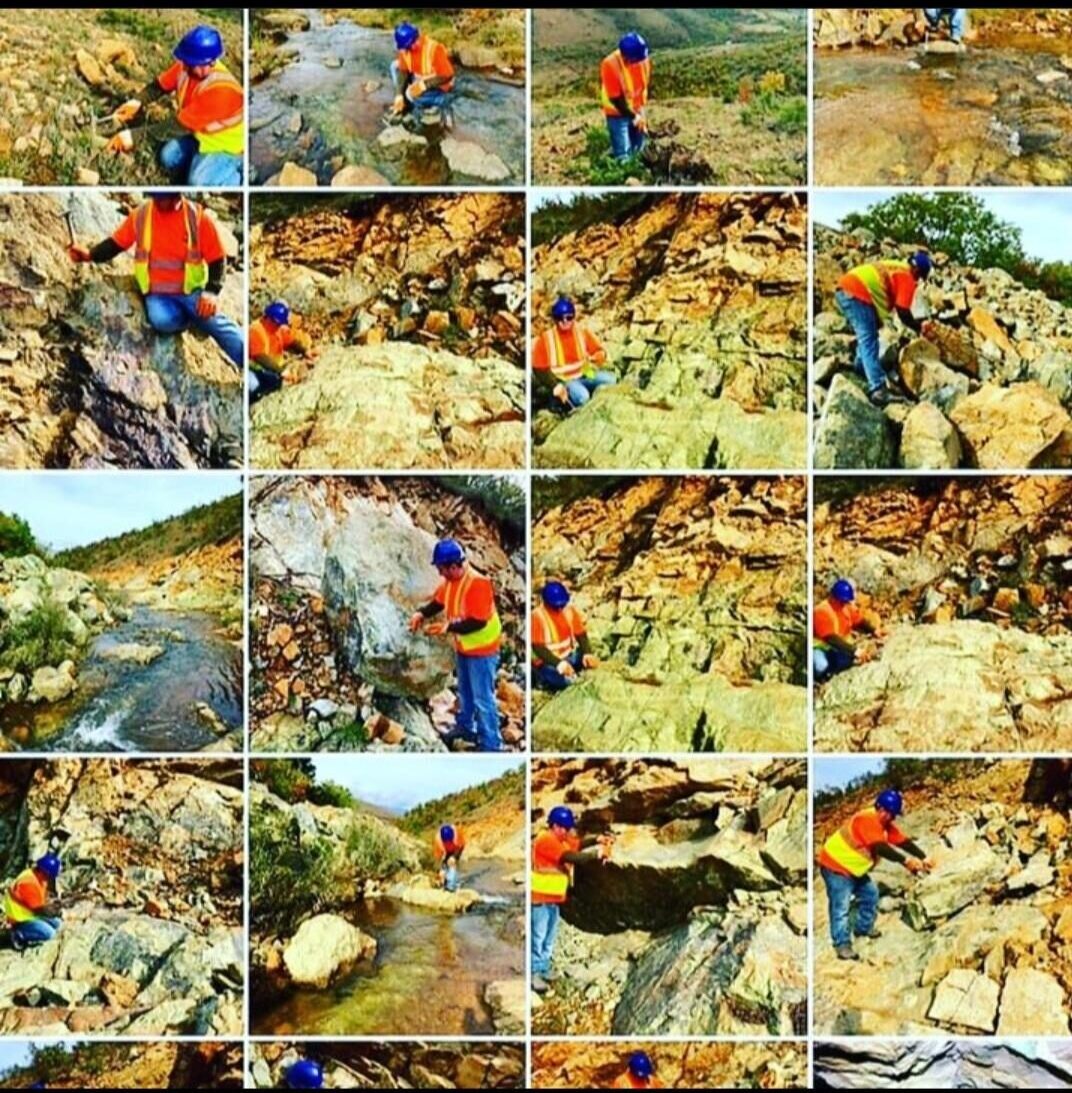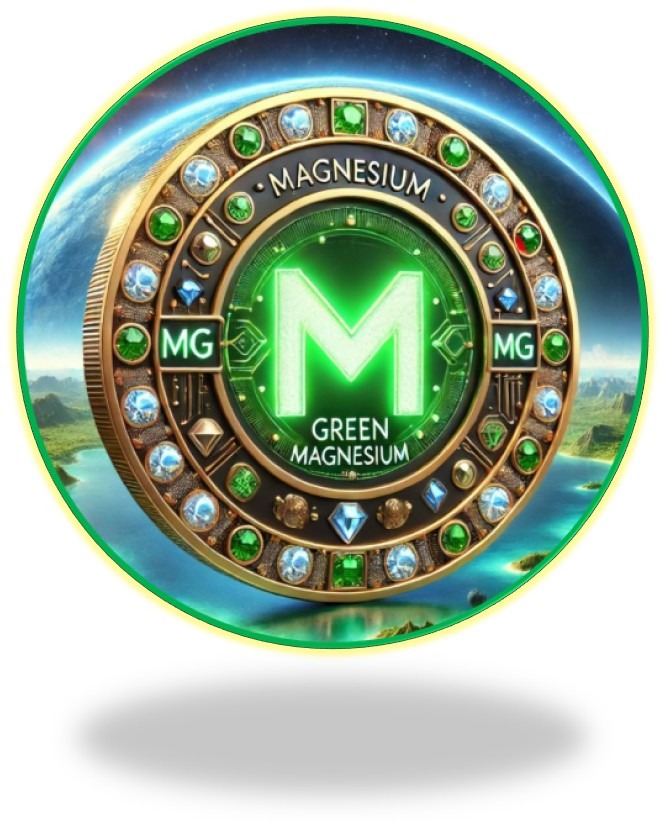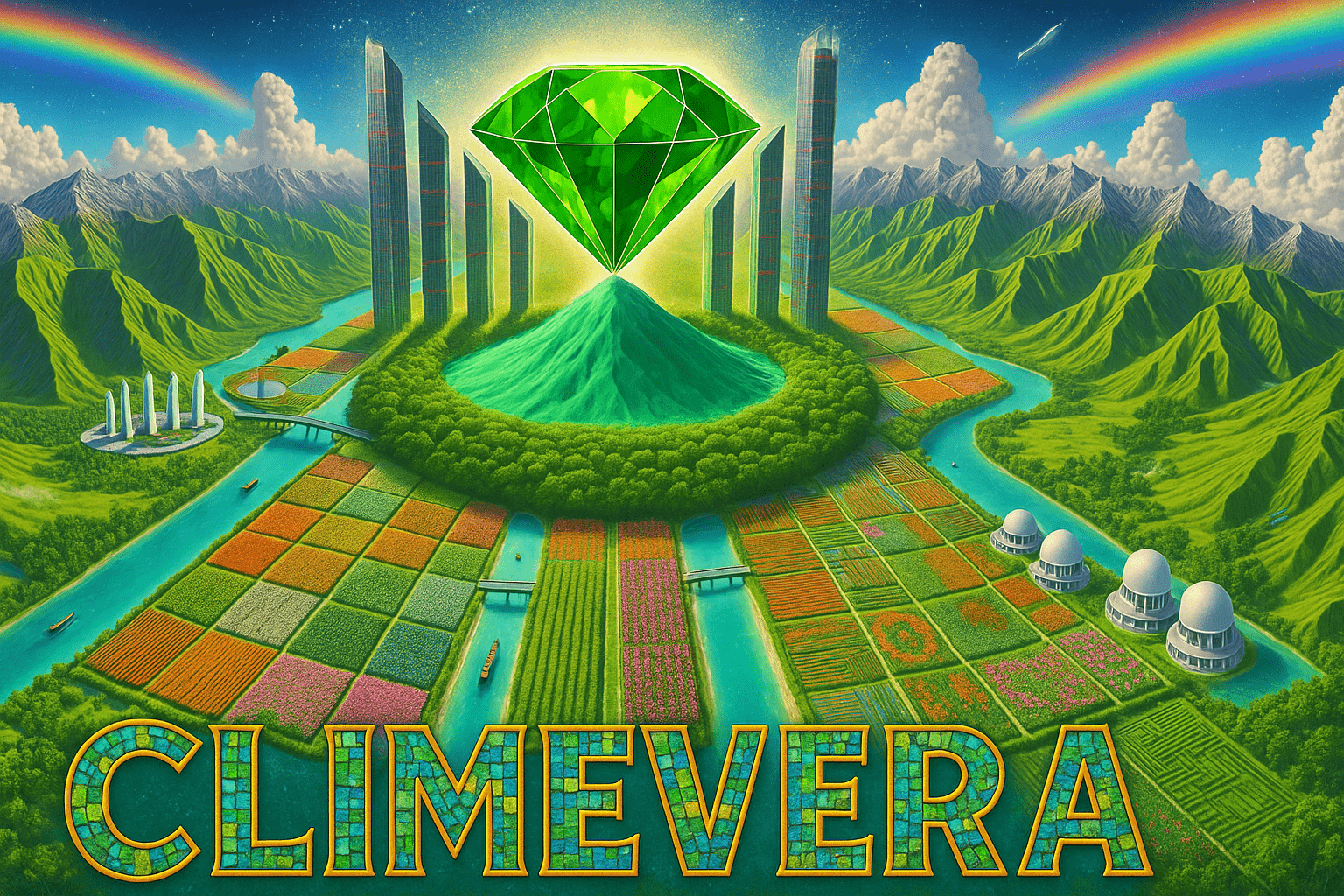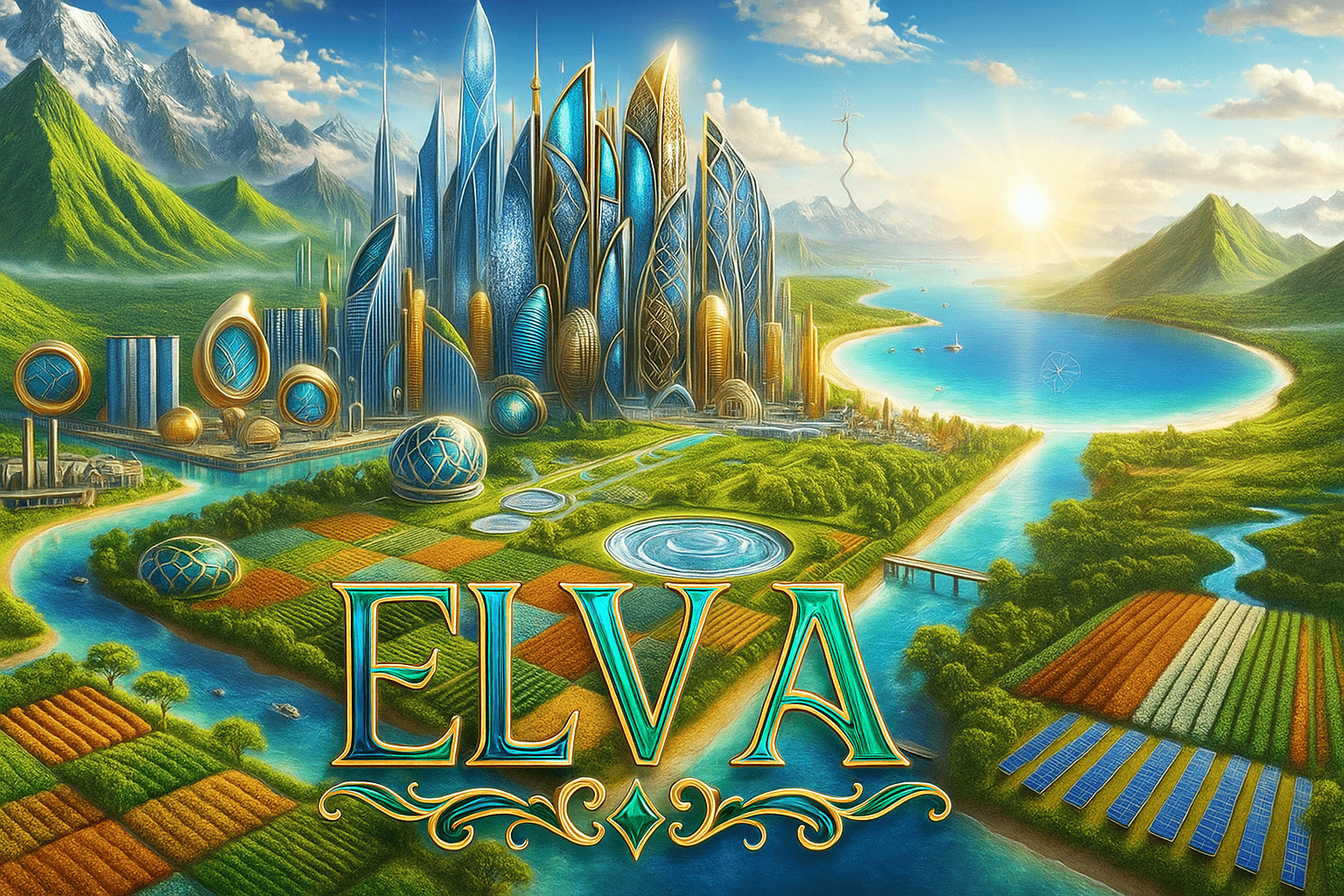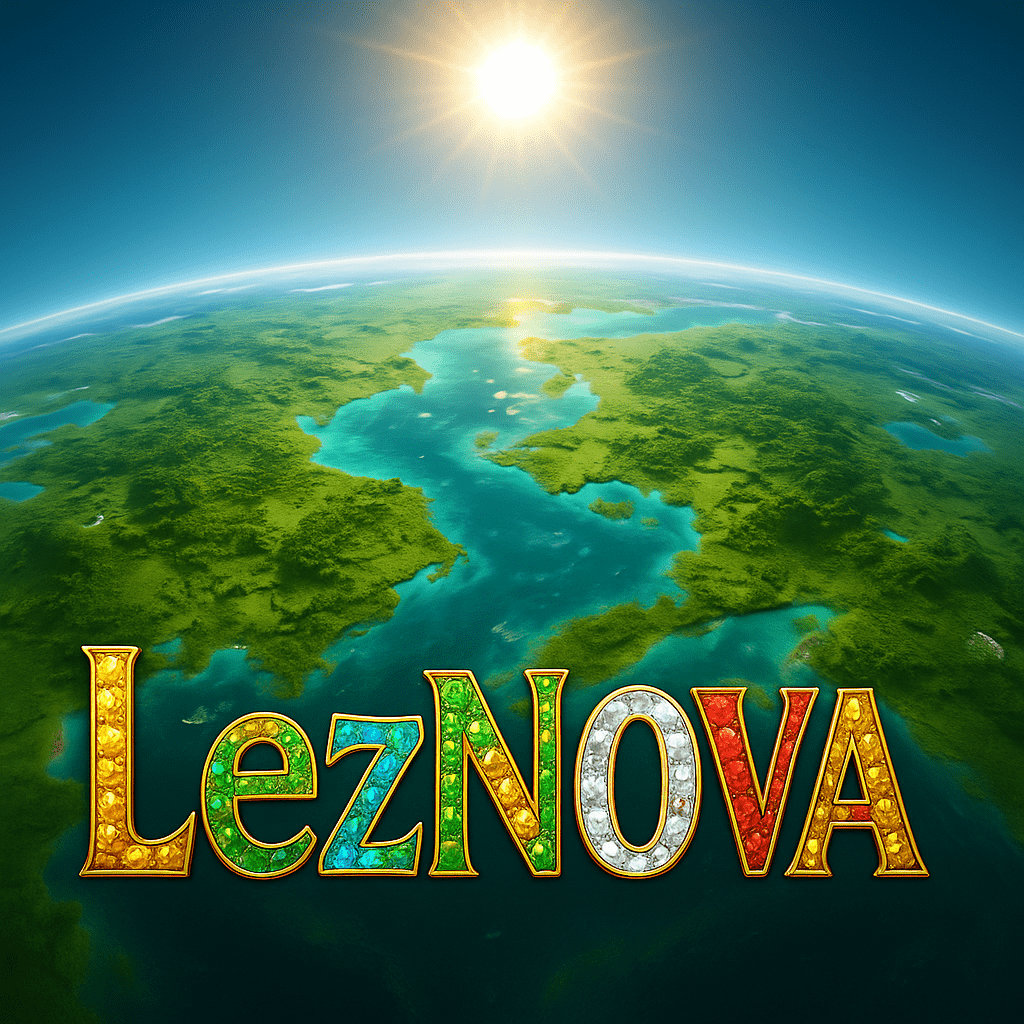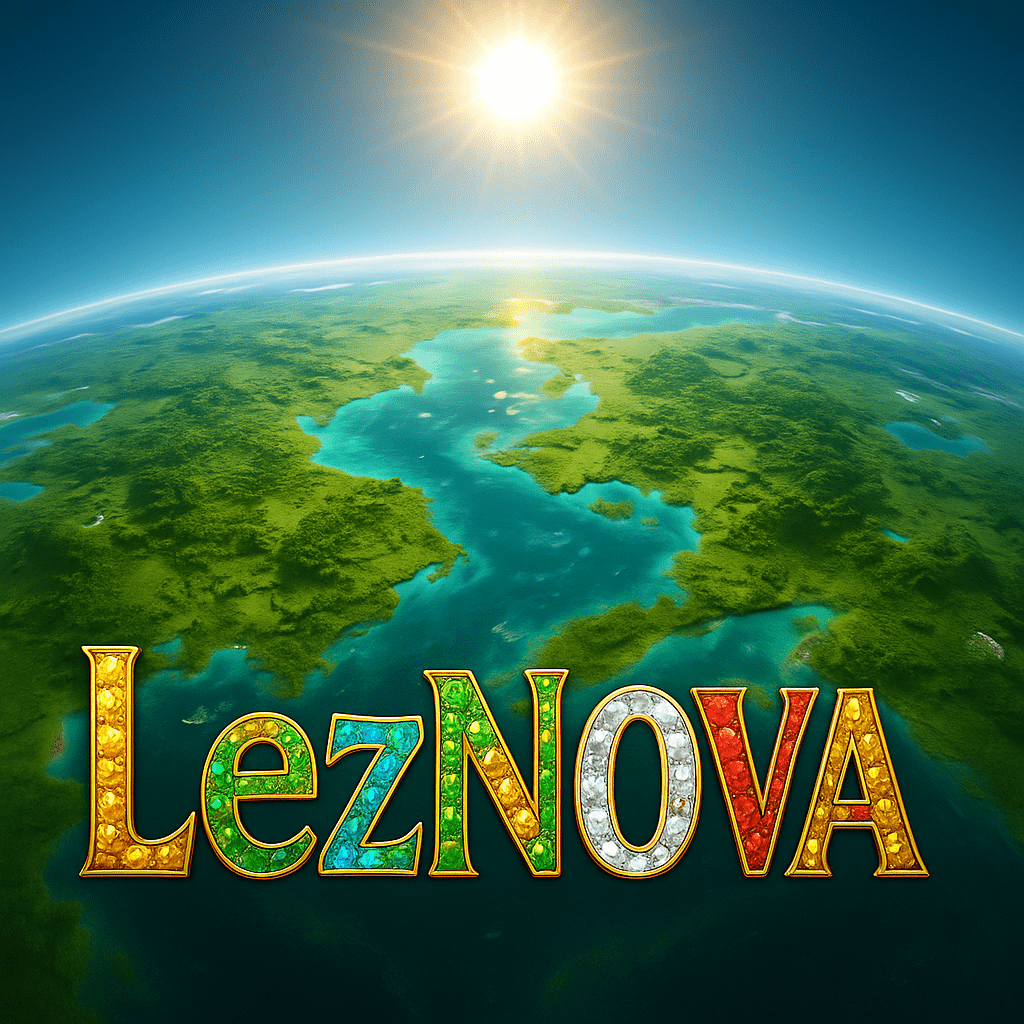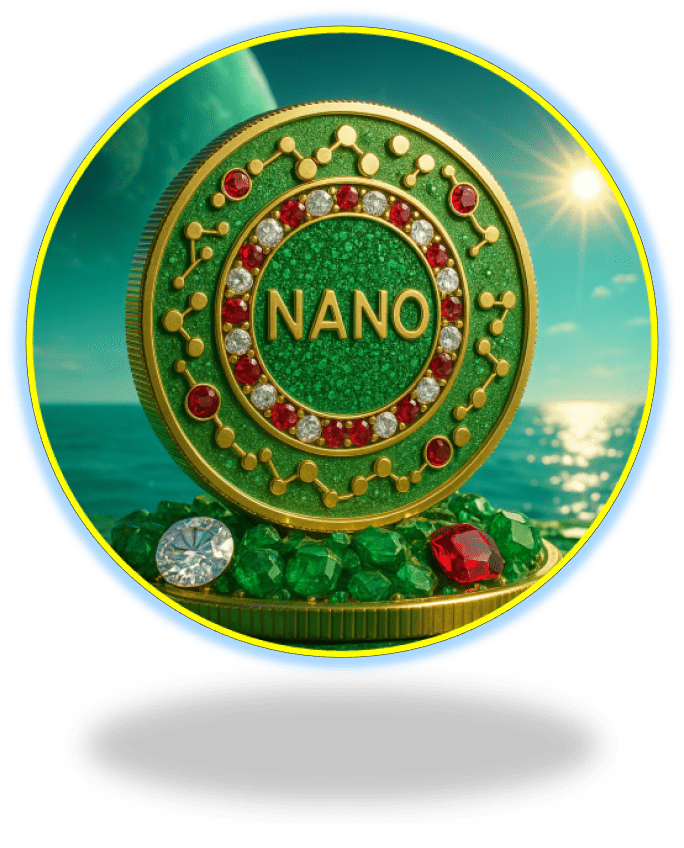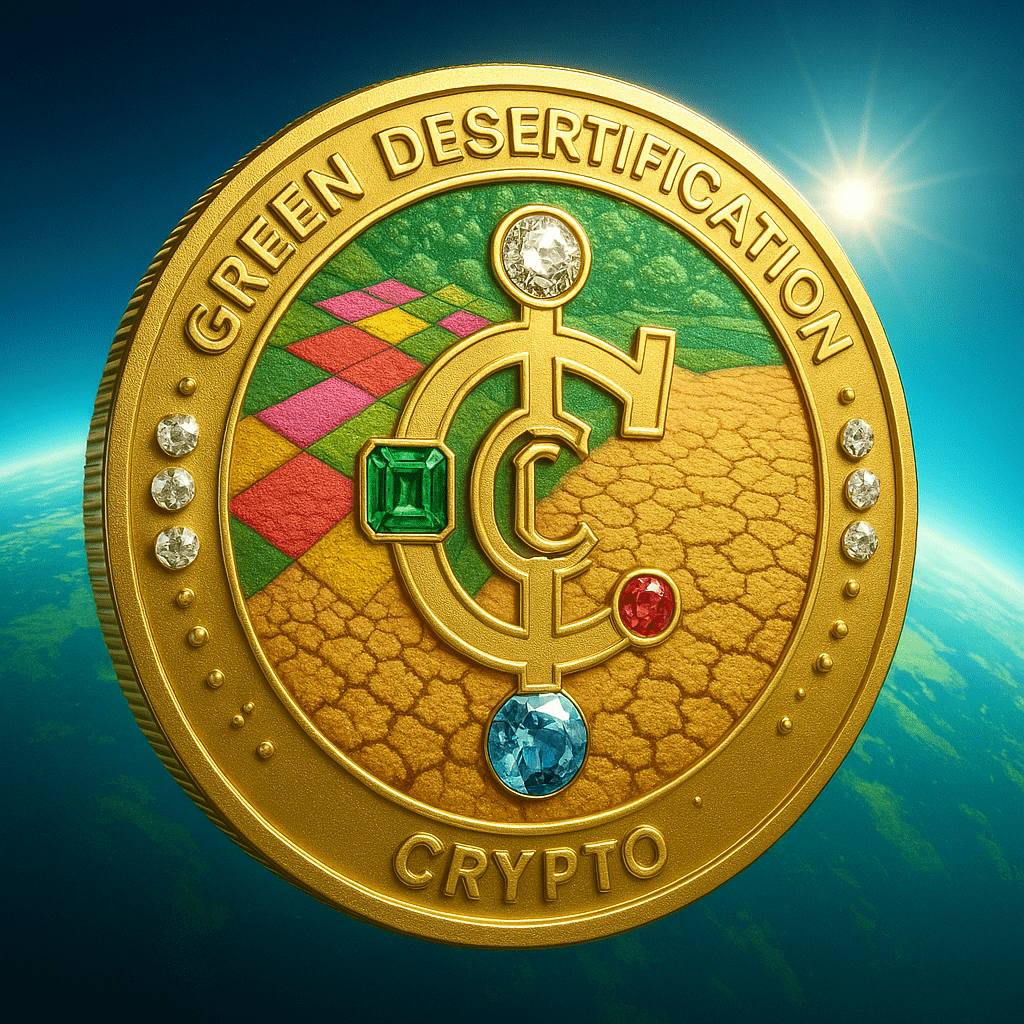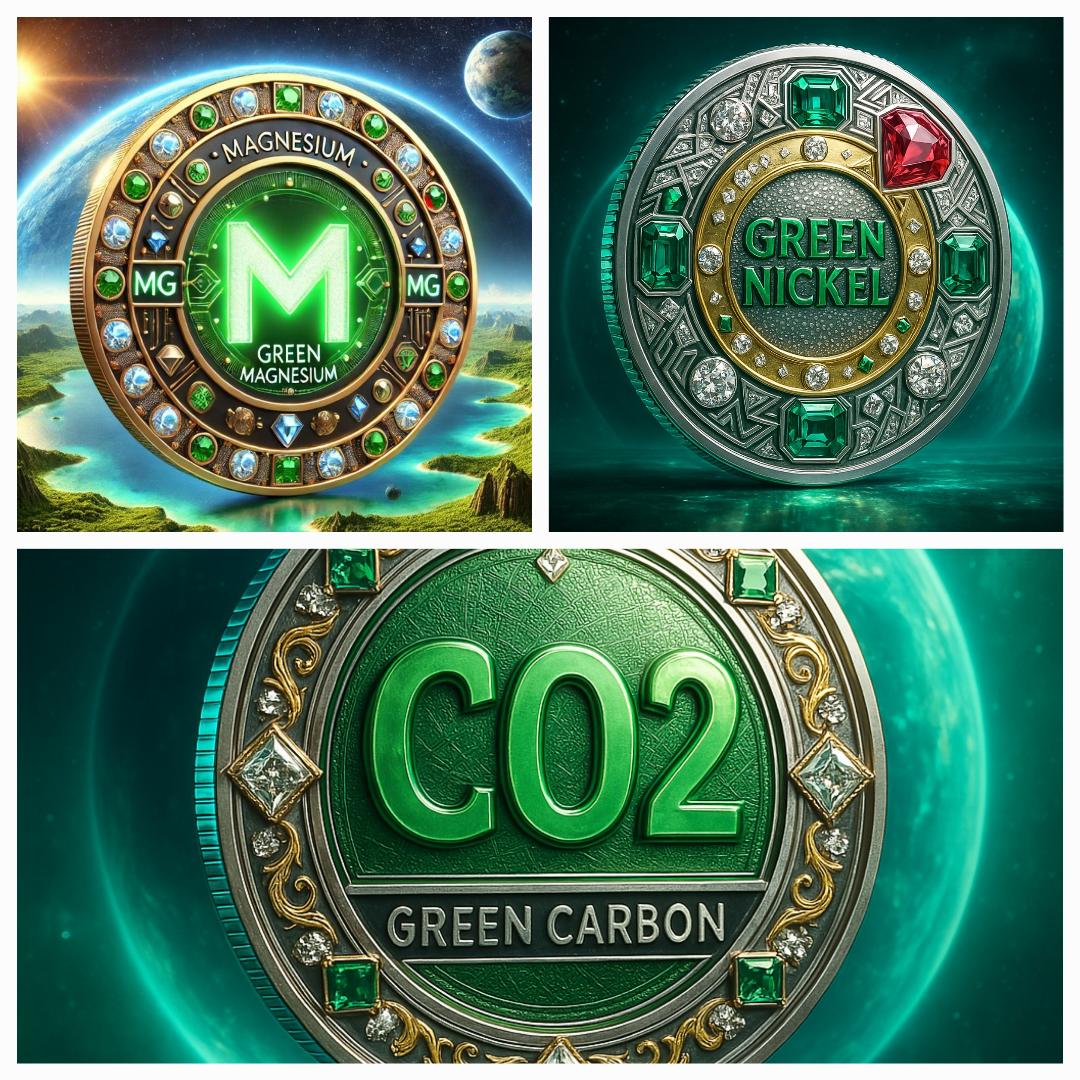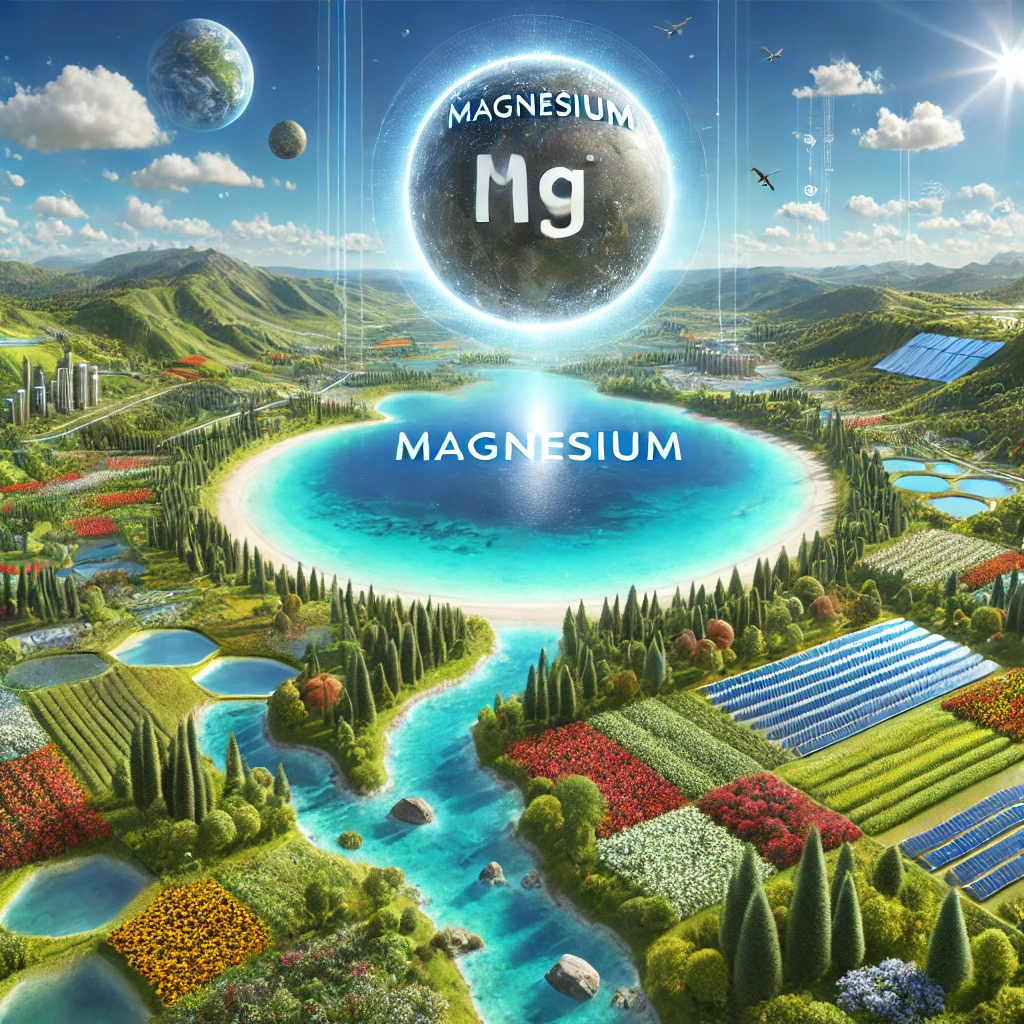
New Scientific Breakthrough Turns the World’s Most Carcinogenic Metal, Cadmium, into Safe Stone
Cadmium is one of Earth’s most paradoxical and destructive elements, a metal once celebrated for innovation yet now infamous for devastation. Discovered in 1817, cadmium became a cornerstone of modern industry, used in batteries, pigments, plastics, semiconductors, and alloys. For more than a century, it fueled technological progress, quietly, invisibly, and fatally. Behind its brilliance, cadmium has left a toxic legacy of disease, death, and ecological ruin that spans continents and generations.
In nature, cadmium lies dormant, safely bound within zinc and lead ores deep in the crust. But when unearthed, refined, and dispersed through industrial activity, it becomes a global menace. Soluble cadmium ions (Cd²⁺) infiltrate rivers, soils, crops, and the food chain, where they accumulate in plants and animals. The result is one of humanity’s most silent and enduring poisons.
Cadmium attacks the kidneys, liver, lungs, and bones, and is classified by the World Health Organization and IARC as a Group 1 carcinogen. Chronic exposure leads to kidney failure, osteoporosis, reproductive harm, and cancer. Its half-life in the human body exceeds three decades, meaning even trace exposure compounds over a lifetime. No organ, no generation, is truly safe once cadmium enters the biosphere.
🌍 A Global Crisis in Health and Economics
Cadmium pollution has become a planetary-scale health emergency. Over 800 million people are estimated to live in regions with cadmium-contaminated soils or water. From the rice fields of Asia to industrial river basins in Europe and North America, cadmium seeps into daily life through food, water, and air.
In Bangladesh, China, India, and Japan, cadmium contamination in rice and irrigation systems has caused mass poisoning events, the most infamous being the “Itai-Itai disease” in Japan, a catastrophic epidemic of bone deformation and kidney failure that exposed the deadly link between industry and ecology.
The economic cost of cadmium contamination is staggering. Lost agricultural productivity, healthcare burdens, and soil remediation efforts together exceed hundreds of billions of dollars annually. According to UN and OECD studies, the global cost of heavy metal pollution, including cadmium, reaches nearly $1 trillion per year when factoring in medical, environmental, and social damages.
Yet the true price cannot be measured in money, it lies in lost health, poisoned rivers, infertile lands, and the erosion of trust between humanity and nature.
⚙️ Science of Transformation: From Toxin to Stone
At the forefront of the solution stands Albanian Minerals, whose vision bridges ancient geology with 21st-century sustainability. Through groundbreaking research into magnesium-rich olivine, the company has developed a natural, scalable, and permanent method to neutralize cadmium and other toxic metals while capturing atmospheric carbon dioxide.
Olivine, a brilliant green silicate mineral abundant in the Earth’s mantle, is nature’s own detoxifier. When it reacts with CO₂ and water, it begins a sequence of geochemical reactions that not only capture carbon but also immobilize heavy metals into harmless minerals.
Each grain of olivine is a microscopic reactor of renewal. As it dissolves, it releases magnesium and ferrous iron (Fe²⁺), which react with cadmium ions to form cadmium carbonate (CdCO₃) and cadmium silicate (CdSiO₃) — stable, insoluble compounds that lock cadmium permanently into stone. The transformation is simple yet profound: Cd²⁺ + Mg₂SiO₄ + CO₂ + H₂O → CdCO₃(s) + 2Mg²⁺ + H₄SiO₄
Through this natural alchemy, cadmium — one of the planet’s most toxic elements — becomes inert and immobile, ending its long journey through ecosystems and human bodies alike.
🌿 Beyond Detoxification: Regeneration at Scale
Albanian Minerals’ proprietary process accelerates the weathering of olivine, amplifying what nature does slowly over millennia. For every ton of olivine dissolved, 1.25 tons of CO₂ are permanently captured from the atmosphere, while toxic metals such as cadmium, lead, mercury, and uranium are converted into stable minerals.
When applied to degraded lands, olivine’s chemistry purifies soil and groundwater, neutralizes acidity, and rebuilds fertility by releasing magnesium, silicon, and iron, nutrients essential to life. In marine environments, it restores alkalinity and combats ocean acidification, allowing coral reefs and shell-forming species to recover.
The results are ecological and economic regeneration, polluted farmlands reborn into fertile ground, contaminated waters made safe again, and carbon transformed into stone. The technology offers a sustainable path toward a circular green economy where waste becomes wealth, and pollution becomes permanence.
💡 A New Philosophy of Sustainability
Through Sahit Muja’s leadership, Albanian Minerals has proven that true innovation does not lie in creating artificial systems to fix nature, but in learning from the Earth itself. Olivine’s geochemistry reflects billions of years of wisdom encoded in stone: it is how the planet has always regulated carbon and balanced life.
By aligning technology with this natural intelligence, Albanian Minerals is transforming the economics of sustainability. Where traditional remediation costs billions and yields temporary results, olivine’s natural processes are self-sustaining, scalable, and permanent. This is green capitalism redefined, where the most powerful solutions come not from machines, but from minerals.
🌎 From Crisis to Harmony
Cadmium once symbolized the dark side of progress, the price humanity paid for industrial growth. But through science, vision, and nature’s wisdom, it now points toward a new paradigm of regenerative industry. Albanian Minerals is turning one of the Earth’s deadliest pollutants into a cornerstone of healing, proving that every toxin holds the potential for transformation.
In this synthesis of geology and ecology, pollution becomes permanence, carbon becomes stone, and cadmium’s poison becomes peace. This is not just chemistry, it is the Earth remembering how to heal itself.
Through the work of Albanian Minerals, the planet’s wounds can finally begin to close. The green revolution is not only technological, it is geological, biological, and spiritual. It is humanity’s reconciliation with the planet that gave it life.
“Nature is not our opponent; it is our greatest ally, our oldest teacher, and our only home. The minerals beneath our feet hold the blueprint for life itself — they record every transformation the planet has ever endured. From magma to mountain, from carbon to crystal, the Earth has always turned pain into beauty and decay into strength.
Our work with olivine and green minerals is a continuation of that eternal balance. When we turn cadmium, one of the most carcinogenic metals, into stone, we are not only solving a scientific problem — we are fulfilling a moral obligation to the future. Every molecule transformed is a message: that humanity has matured, that we have learned to harmonize with the forces that sustain us.
The 21st century must not be remembered for exploitation, but for restoration. The true wealth of nations will be measured by how well they protect life. And in that balance between science, nature, and spirit, the Earth and humanity will finally thrive together.”
— Sahit Muja, Founder & CEO, Albanian Minerals



